Monolithic, Headless, Composable, or MACH Architecture







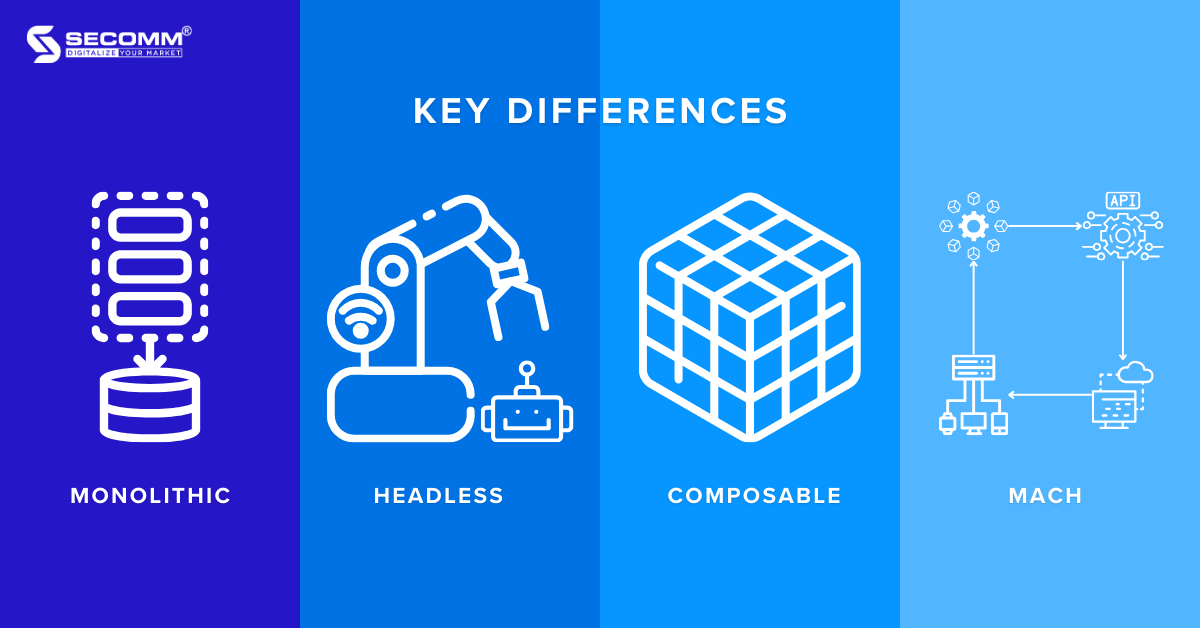
The eCommerce sector is experiencing rapid growth, with global retail sales reaching 5.7 trillion USD in 2022 and projected to hit 6.3 trillion USD in 2023, as reported by Insider Intelligence. This requires businesses to adopt more efficient and flexible eCommerce architectural solutions to meet customer demands for online shopping experiences.
However, there is no one-size-fits-all eCommerce architectural solution. Each architecture comes with its own set of advantages and disadvantages, catering to different goals and requirements. Hence, businesses must discern between eCommerce architectures to choose the most fitting one for their business model.
This article will introduce the four most common eCommerce architectures: Monolithic, Headless, Composable, and MACH. Also, it’ll compare and evaluate these architectures based on criteria such as cost, scalability, customization, security, and performance.
1. Monolithic Architecture
Monolithic architecture is a traditional and long-standing model in eCommerce development. In this approach, the entire eCommerce website is built as a unified application on a single source codebase.
This means that both the user interface (frontend) and business logic (backend) are combined and implemented within a comprehensive “all-in-one” system. So, modifications to specific eCommerce components may have repercussions on the overall functionality of the system.
Pros:
- Ease of Deployment: Utilizing the monolithic architecture simplifies the management of a single source codebase and a unified database system for the entire application. This streamlines the processes of deployment, updates, and application modifications.
- Performance: eCommerce components are tightly connected, so for a simple and uncomplicated system, the Monolithic architecture can provide high performance.
Cons:
- Limited Scalability: The monolithic architecture, being a unified block, faces challenges in scalability and customization, especially as the system grows larger and more complex.
- Maintenance and Updates Difficulty: The tight integration of components within the system makes challenges in maintaining a website under a Monolithic architecture, making it both challenging and costly. Also, any modifications or updates to one component can impact others and the overall system’s functionality.
- Innovation Constraints: While traditional eCommerce architectures are considered stable and reliable, their limitations in scalability and customization make it difficult to keep up with the latest technological advancements.
- Increasing Costs: Initially, implementing a Monolithic system may not be overly complex or expensive. However, as businesses aim to scale, customize, or perform maintenance and updates, costs tend to escalate significantly.
The Monolithic architecture can be used in case your business is implementing a small-scale, straightforward eCommerce system, seeking a rapid market launch without immediate plans for significant future development. However, architectures like Headless or Composable would be more appropriate as the system grows and expands, requiring increased customization and scalability
2. Headless Architecture
The Headless architecture is a popular architectural solution in eCommerce, where the user interface (frontend) of the eCommerce website is decoupled from the operational system (backend). The Headless architecture is often called “API-first” because the frontend and backend communicate with each other through an API layer.
Many businesses opt for the Headless Commerce model to create and customize user interfaces (frontends) to provide customers with a rich and seamless shopping experience across various channels such as websites, mobile apps, IoT, and POS. These user interfaces can connect to a single backend system through an API layer, enabling businesses to engage in multi-channel commerce and rapidly expand internationally.
Pros:
- Flexibility: Businesses can utilize any technology and tools to develop the frontend, creating a unique and customized user interface and shopping experience without being restricted by predefined themes.
- Ease of Integration: Seamless connection and integration with third-party tools and services through APIs, eliminating the need to rewrite source code.
- High Performance: Since the frontend and backend operate independently, businesses can optimize performance for both, enhancing the overall performance and page loading speed of the eCommerce website.
- Scalability: Businesses can easily customize, add, or remove components of the frontend or backend flexibly without affecting the overall system’s operation.
Cons:
- Complex Deployment: Because the frontend and backend are separated and developed independently, the deployment process is more time-consuming compared to Monolithic, and ensuring the interaction and efficient operation of both parts can be challenging.
- Specialized Expertise: Headless Commerce allows seamless integration with third-party technologies and systems, requiring technical skills and knowledge of APIs, as well as a certain understanding of different systems.
- High Costs: Utilizing various third-party services implies additional expenses, alongside costs for the development and maintenance of the system.
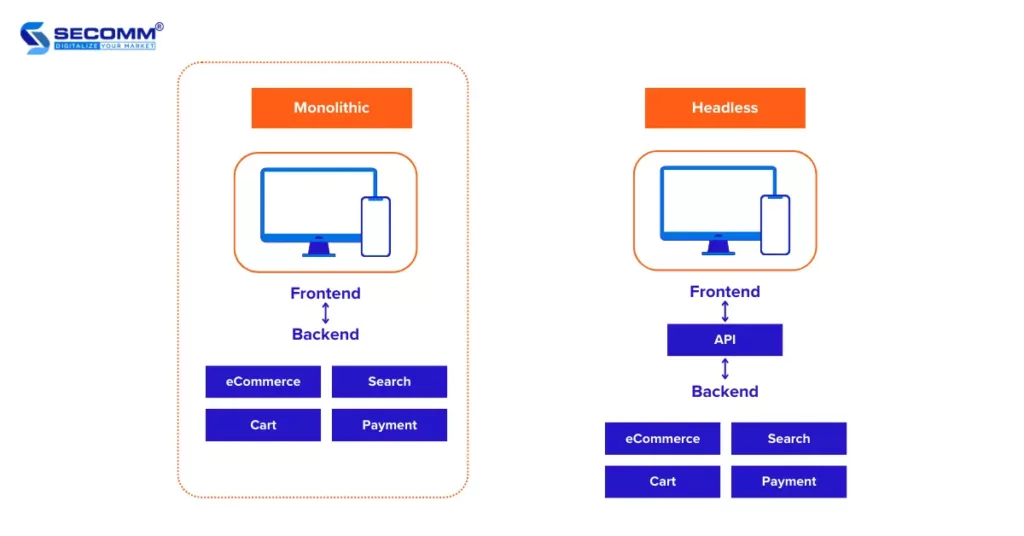
Deploying Headless Commerce may be suitable for businesses that require flexibility to create and customize multiple user interfaces for multi-channel sales purposes and expand their business globally. In particular, businesses that demand independent development of both frontend and backend, as well as the need for integration with various third-party systems, should prioritize the Headless architecture.
3. Composable Architecture
If the standout feature of the Headless architecture is the separation of frontend and backend, providing scalability and flexible customization, then the Composable architecture, also known as Module-driven architecture, takes it a step further by decoupling all eCommerce components such as Search, Payment, Cart, etc.
This allows businesses to select components and package them into Packaged Business Capabilities (PBC) to create a specialized and comprehensive eCommerce website solution.
Pros:
- High Flexibility: Implementing Composable Commerce allows businesses to integrate components that best suit their deployment needs. This enables businesses to stay abreast of the latest eCommerce development trends.
- High Customization and Scalability: Components are developed independently, and altering any component does not impact the others. Similarly, customizing and expanding components to meet business objectives can be done without the need to overhaul the entire system architecture.
- Ease of Maintenance: With components in the eCommerce system being separate and developed entirely independently, maintaining and updating each component individually becomes more straightforward, avoiding disruptions or temporary halts to the system’s operation.
- Vendor Independence: The flexibility to seamlessly integrate components from various providers has helped businesses deploying Composable Commerce avoid dependence on a specific service provider. This allows businesses to change providers for any component whenever needed, while also leveraging the latest and optimal technologies for their eCommerce system.
Cons:
- High Costs: The cost of using each component varies, so the more components integrated, the higher the overall cost, not to mention maintenance costs for each component.
- High Expertise Requirements: Implementing Composable Commerce requires advanced technical skills and specific knowledge of the technologies in use to ensure a quick and effective deployment process.
- Complex Management: Utilizing numerous components means that a business has to work with multiple different providers, each with its own security protocols and compliance requirements. As the eCommerce system scales up, the business needs to collaborate with providers to ensure that each component is developed, expanded, and remains compatible, preventing any negative impacts on the system.
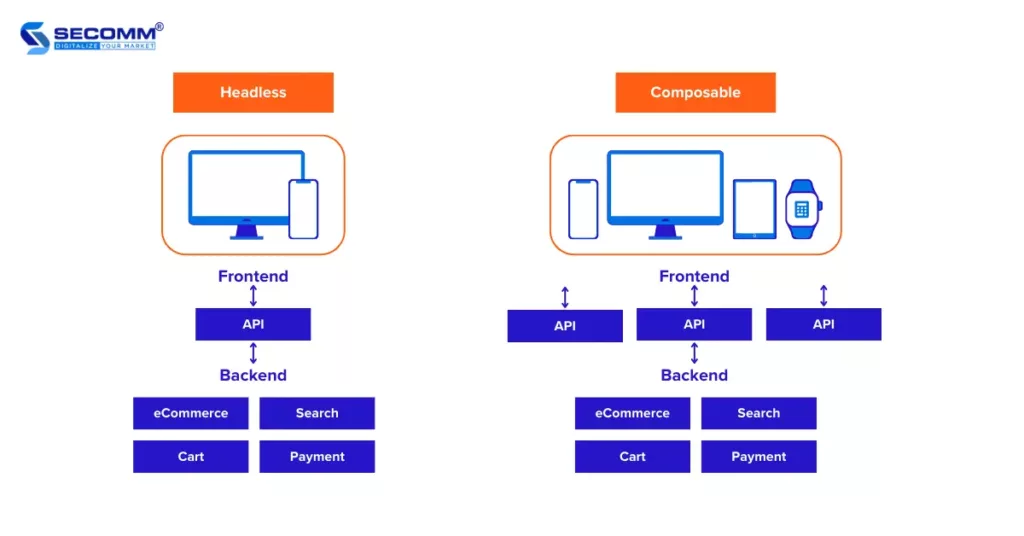
Composable architecture is suitable for cases where businesses undertake large projects, have high demands for flexibility and customization, need to integrate multiple services and third-party systems, as well as require complete independence between the components of the eCommerce system.
4. MACH Architecture
The MACH architecture is the most modern approach for building and developing highly flexible eCommerce websites. This architecture allows businesses to integrate leading technologies into a single system, incorporating Microservices-based, API-first, Cloud-native, and Headless components.
- M (Microservices-based): Independent small applications are developed, deployed, and managed separately. These applications are designed to perform specific business functions.
- A (API-first): All components of the eCommerce system are connected through an Application Programming Interface (API), enabling different components to operate efficiently within the same system.
- C (Cloud-native): The development of the eCommerce system takes place in the cloud, providing a scalable infrastructure, and technology services are automatically updated by the provider.
- H (Headless): Implementing Headless allows the separation of the user interface (frontend) and the operational system (backend) for eCommerce website deployment. This enables the creation and customization of unique and seamless user experiences.
Pros:
- High Flexibility: Businesses can choose and modify tools and services according to business needs, making it easy to customize and expand services when there is a need to scale the business.
- Easy Integration: APIs are at the core of the MACH architecture, facilitating easy connections with third-party services and applications.
- High Performance and Security: Because businesses can leverage state-of-the-art technologies, it ensures system operational performance, page loading speed, user experience, and high security.
Cons:
- High Complexity: The separation of many components and technologies makes the deployment of the MACH architecture complex. This requires high technical skills and experience to ensure an effective deployment, management, and operation of the system.
- High Costs: Integrating multiple technologies or incorporating various third-party services can result in higher expenses, such as integration fees, training fees, or hiring a deployment team, along with maintenance and update-related costs.
MACH architecture is suitable for businesses with ample budgets aiming to implement large projects based on the four MACH technologies and with high requirements for customization and scalability. It is also beneficial if they have in-house expertise or collaborate with highly specialized development teams.
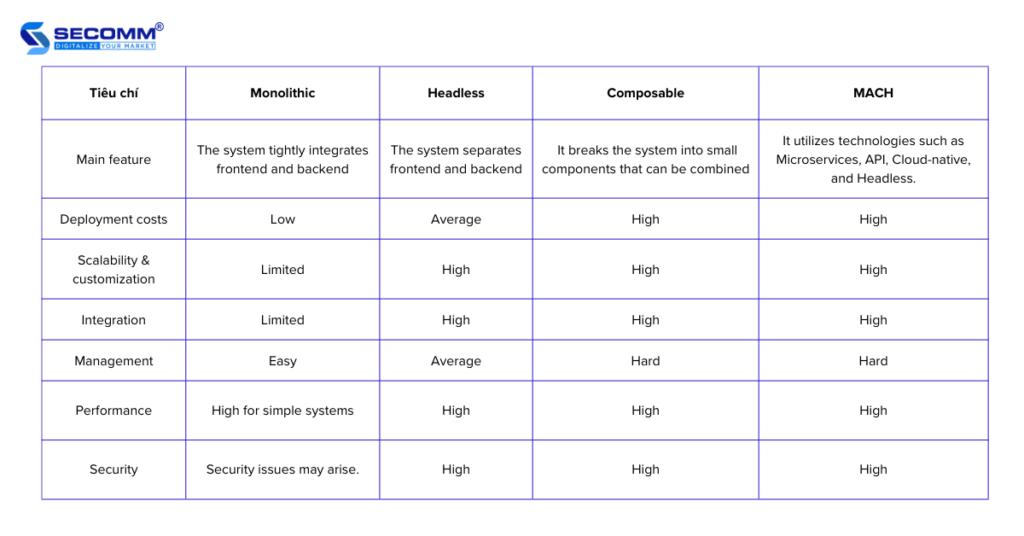
5. Monolithic, Headless, Composable and MACH: Which is the right choice?
Above is a summary of the essence of the four eCommerce website deployment architectures: Monolithic, Headless, Composable, and MACH. While Monolithic may seem outdated and has many limitations, the Composable and MACH architectures are innovative, providing more optimal and flexible development solutions, but their deployment and operation processes are complex, requiring a highly skilled development team. Therefore, Headless becomes a valuable architectural solution compared to the other three choices for implementing eCommerce websites at the current time.
Headless Commerce is the most popular solution today, with a 25% increase in demand for Headless Commerce deployment in the past two years. Implementing Headless allows businesses to create a customized and multi-channel user experience by integrating with leading tools and technologies. To effectively develop Headless Commerce, businesses need to collaborate with a development team with high skills and expertise, as well as a well-thought-out strategy.
With extensive technical experience and high expertise in the e-commerce field, SECOMM has successfully consulted and implemented Headless Commerce for leading businesses such as Vinamilk, and Suzuverse, based on one of Shopify’s three solutions:
- Shopify Hydrogen + Oxygen: This superior solution includes the Hydrogen framework based on React and the Oxygen hosting, enabling businesses to quickly and effectively deploy an eCommerce website using the Headless architecture.
- Commerce Components: A breakthrough tech stack developed specifically for large enterprises implementing Headless Commerce or Composable Commerce. This solution allows businesses to integrate independent components to customize and enhance the eCommerce experience.
Contact SECOMM or call directly on the hotline (02871089908) to explore how we can support businesses in maximizing the potential of Headless Commerce and enhancing competitiveness in the eCommerce market.






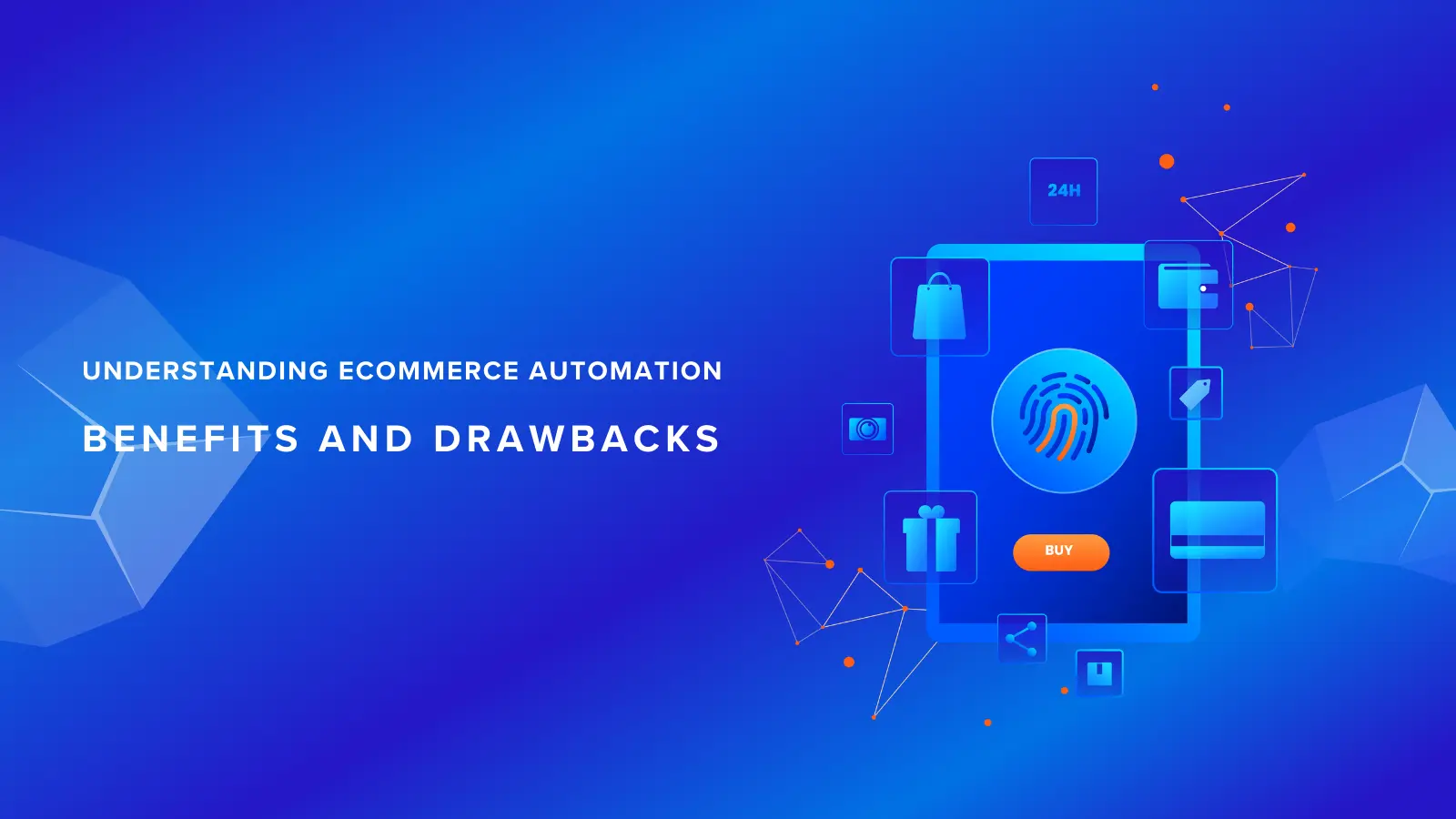
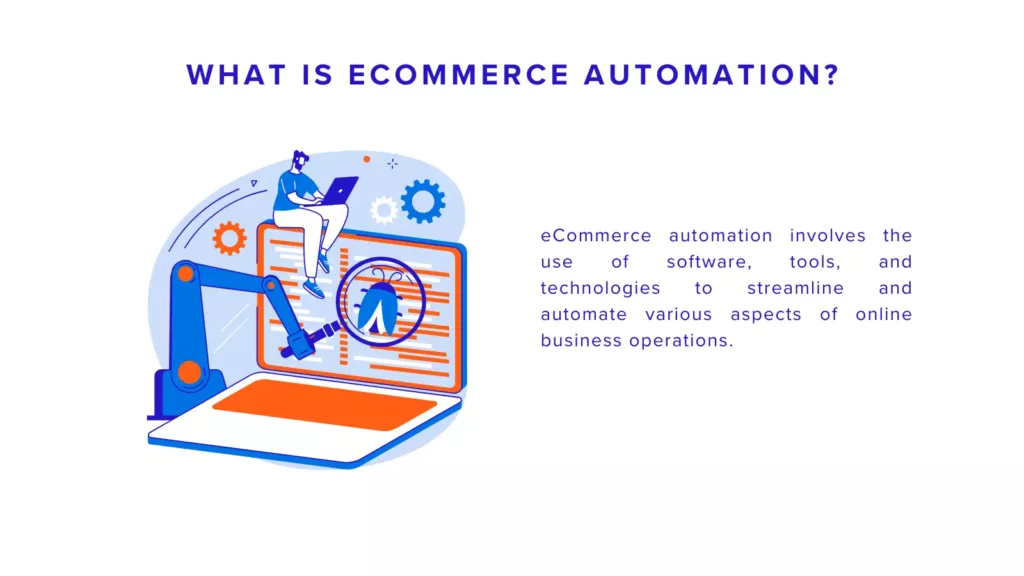
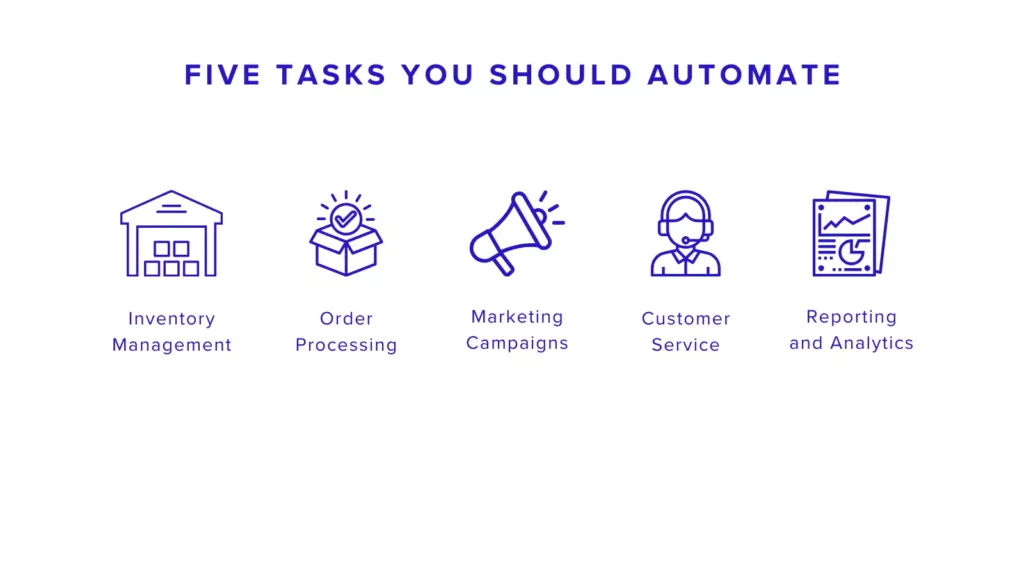
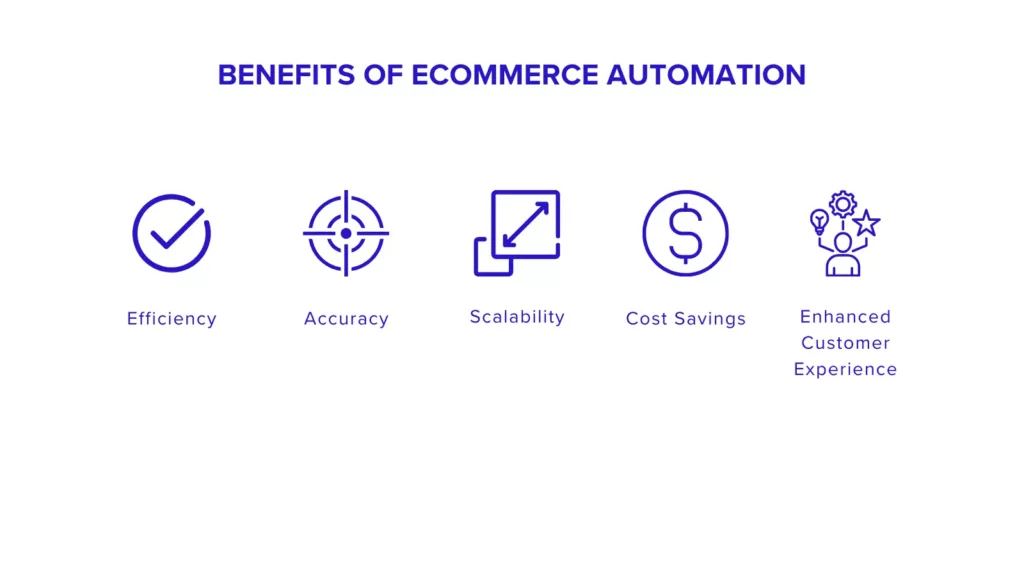
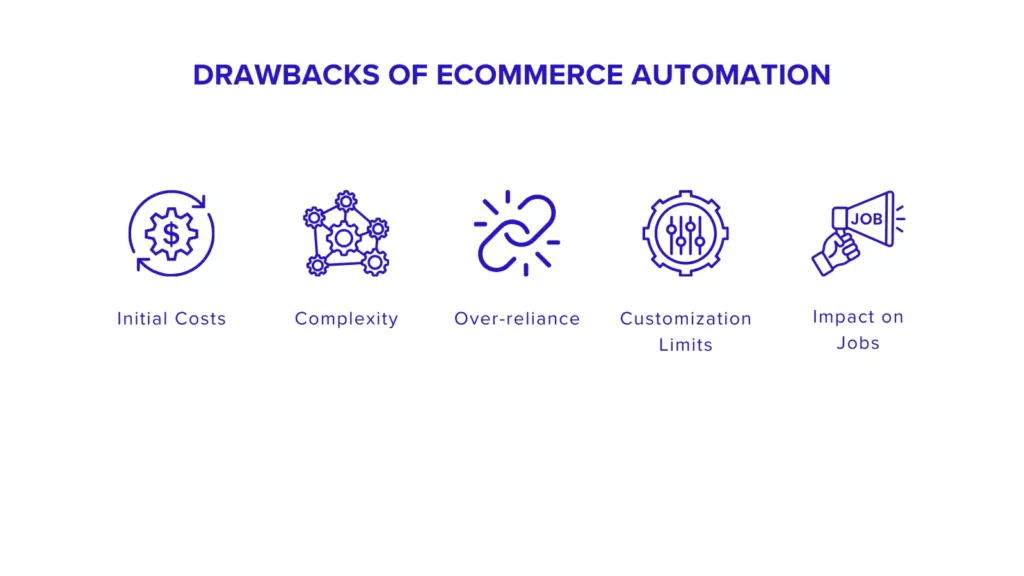
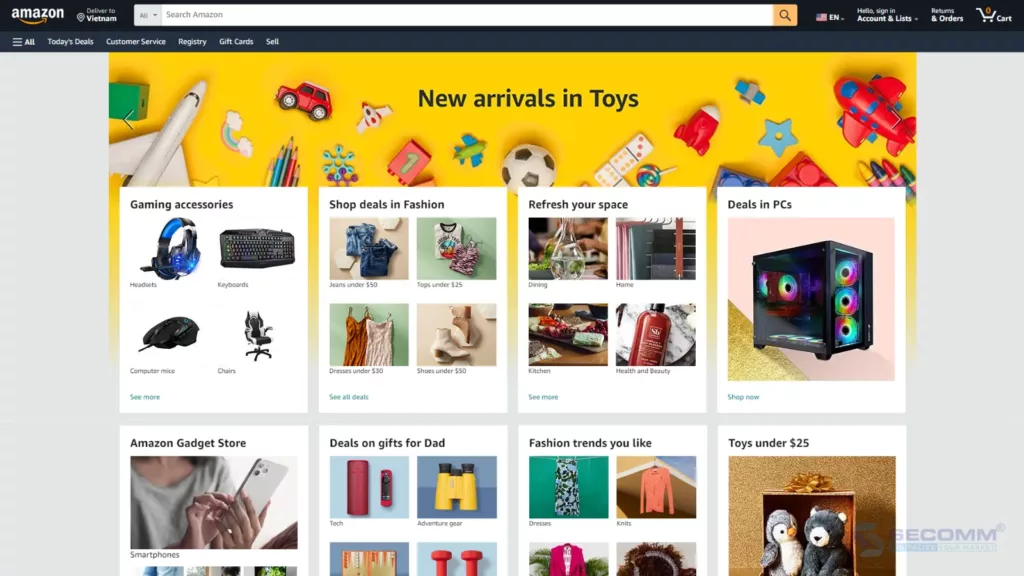
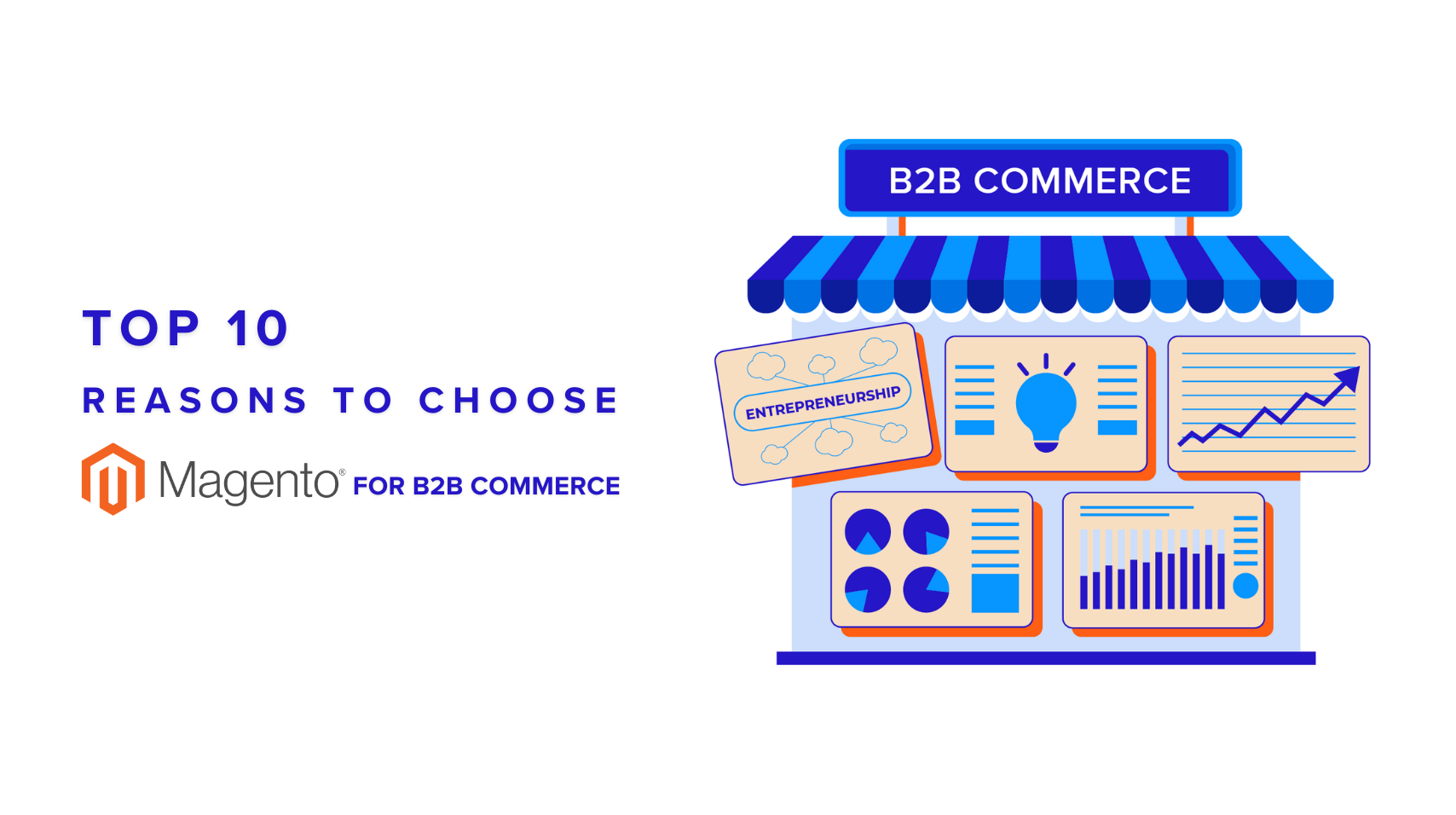
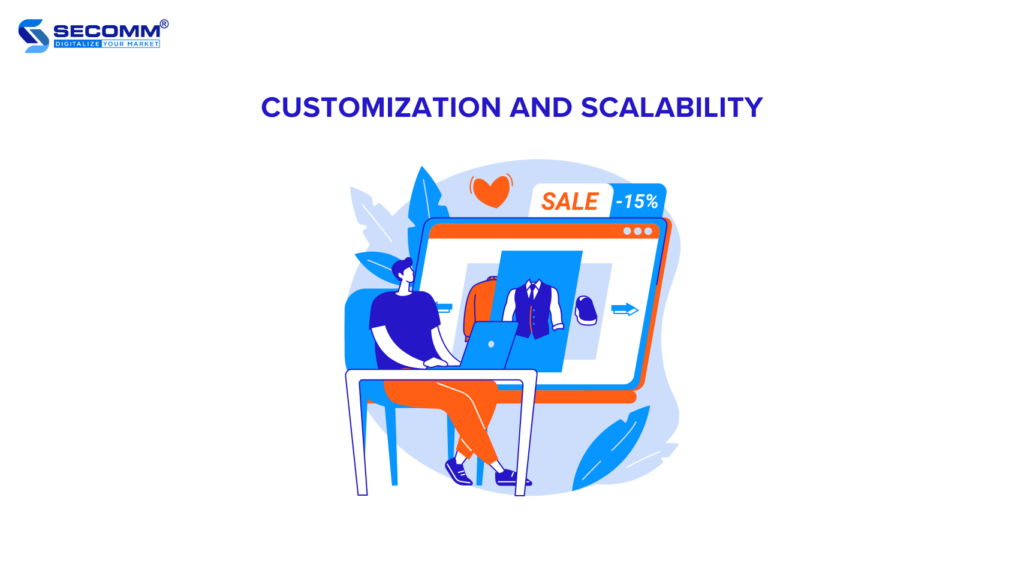
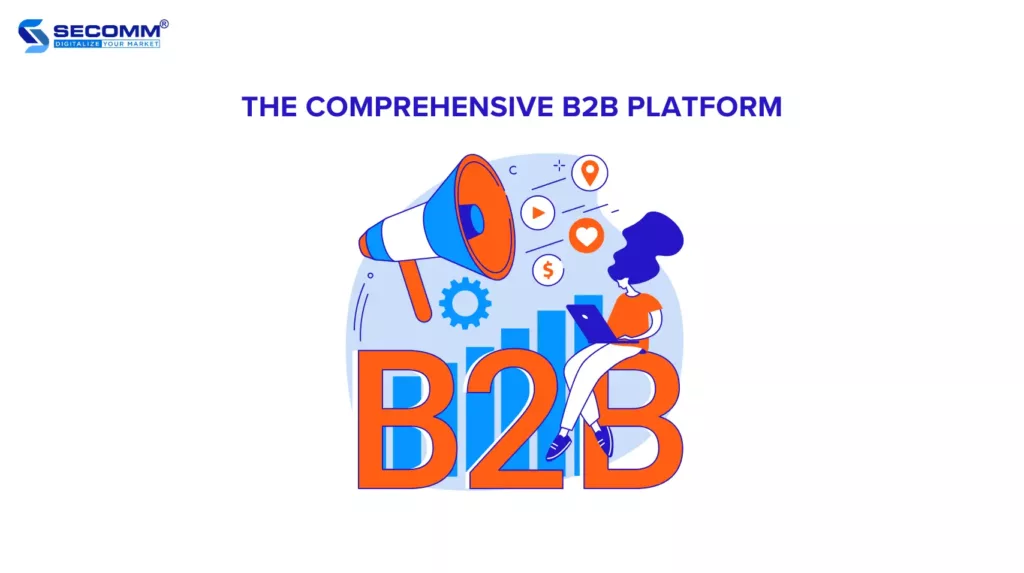
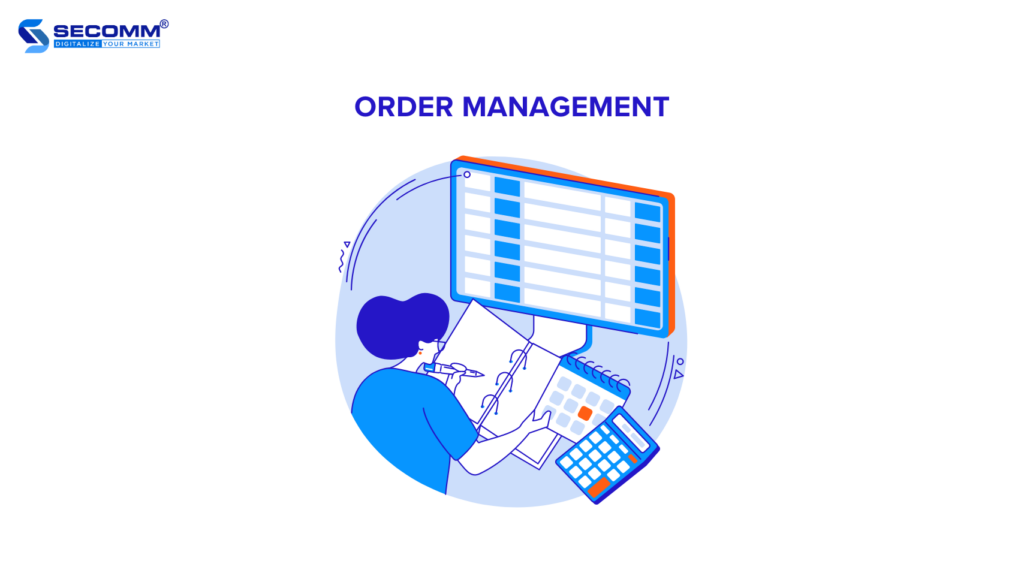
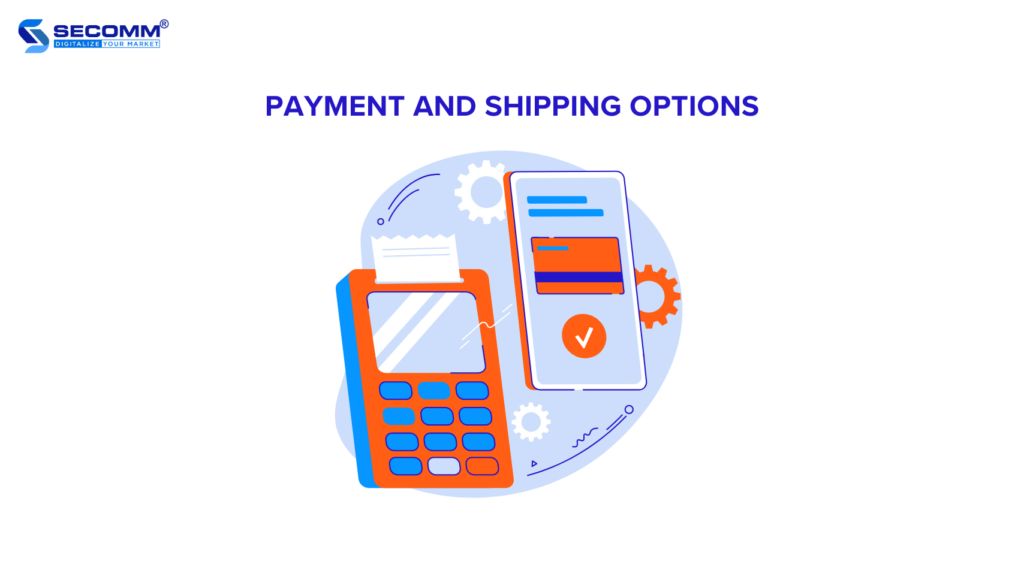
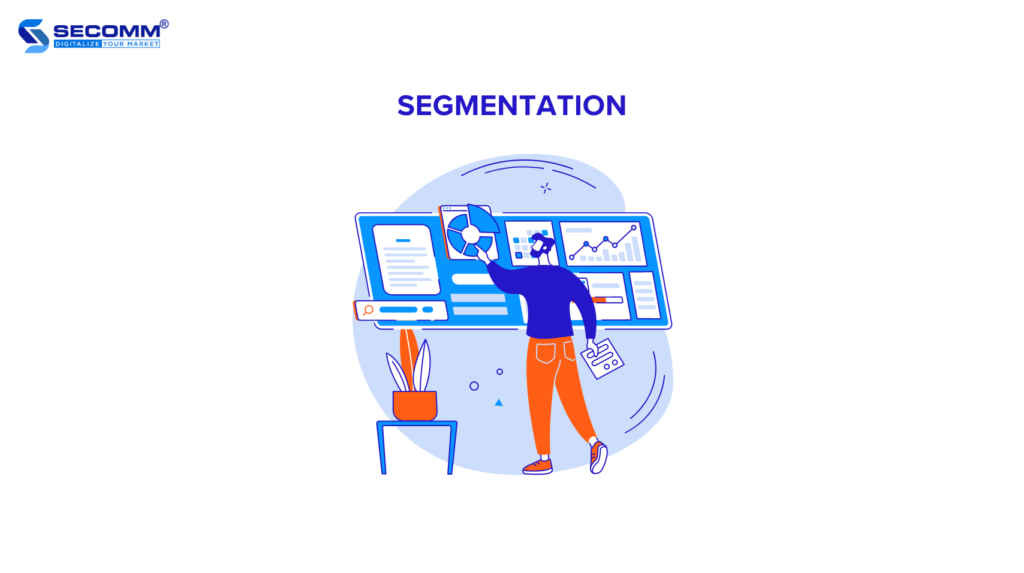
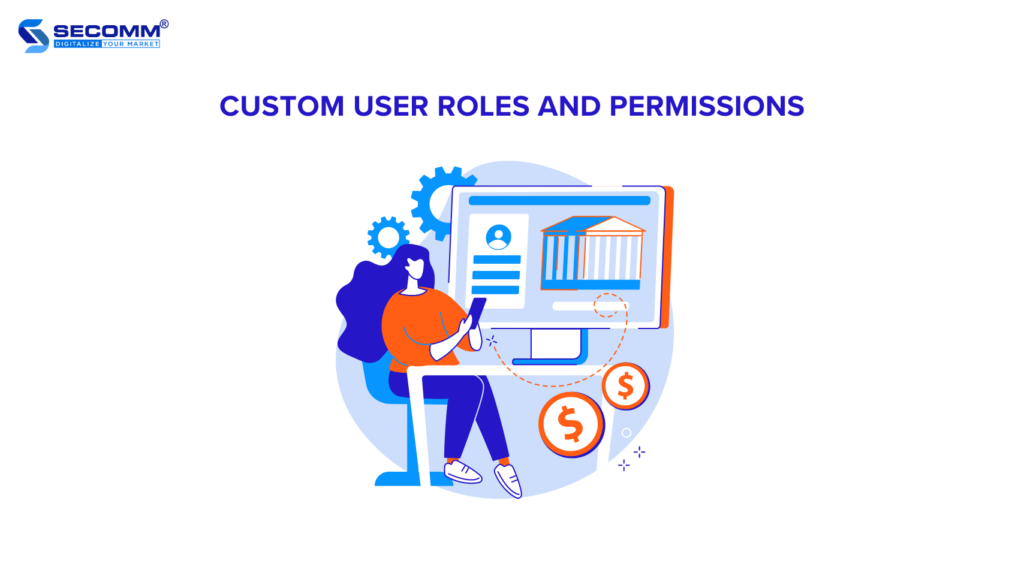
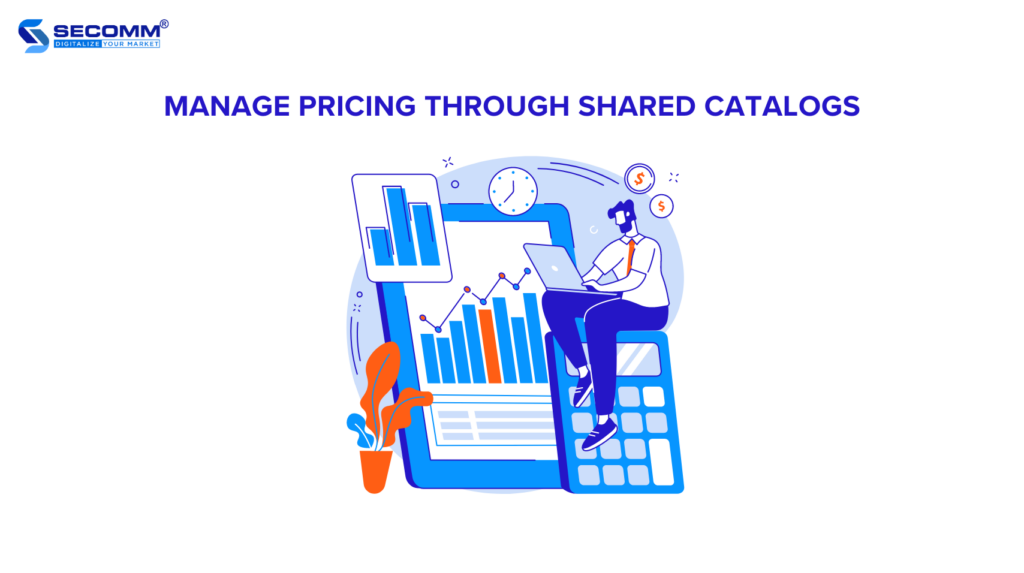
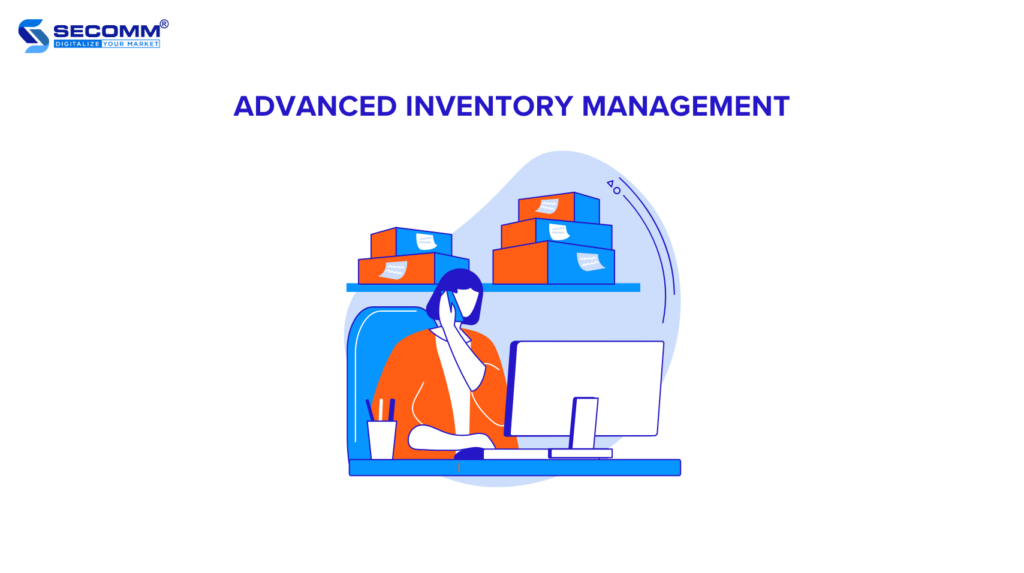
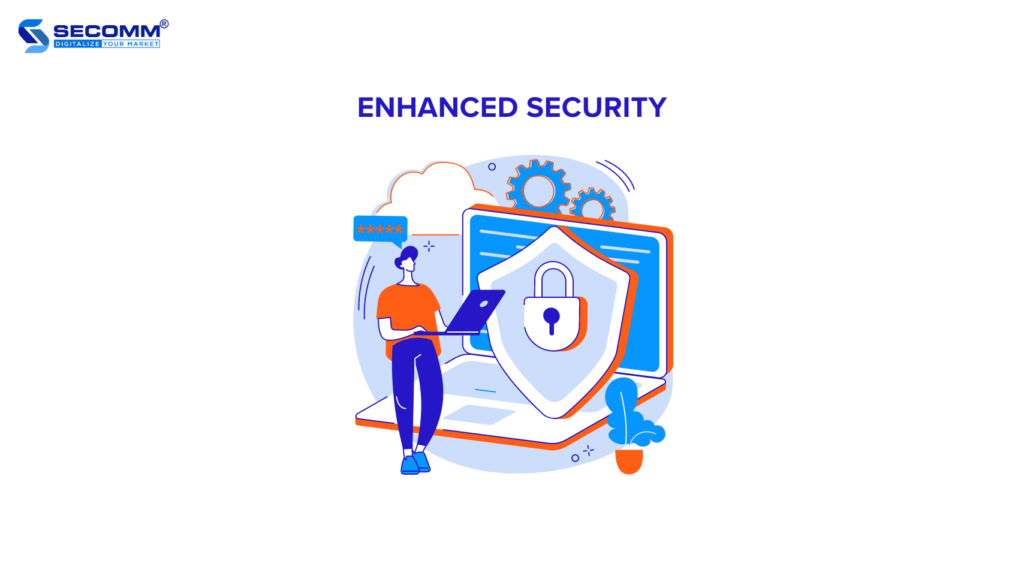
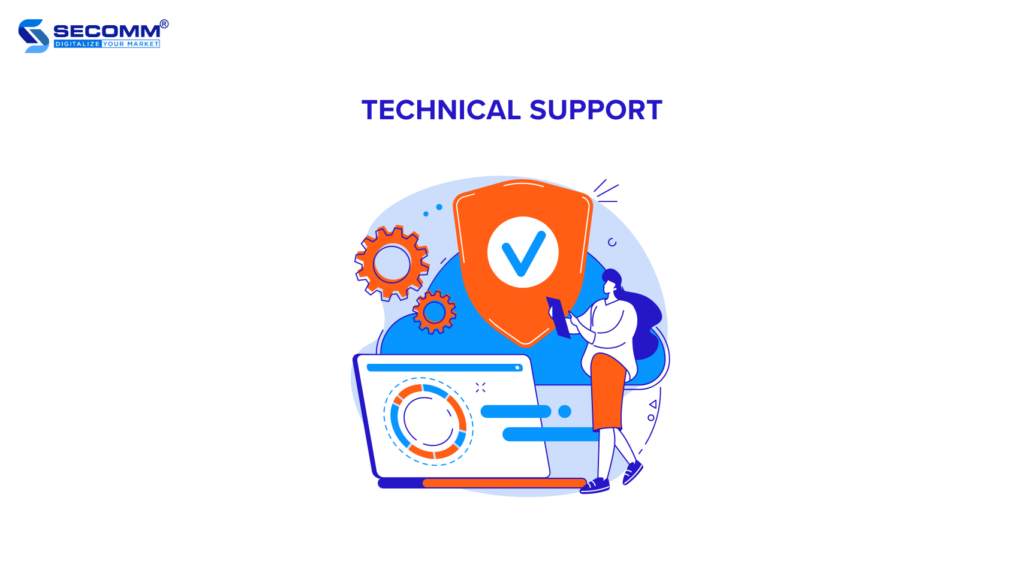

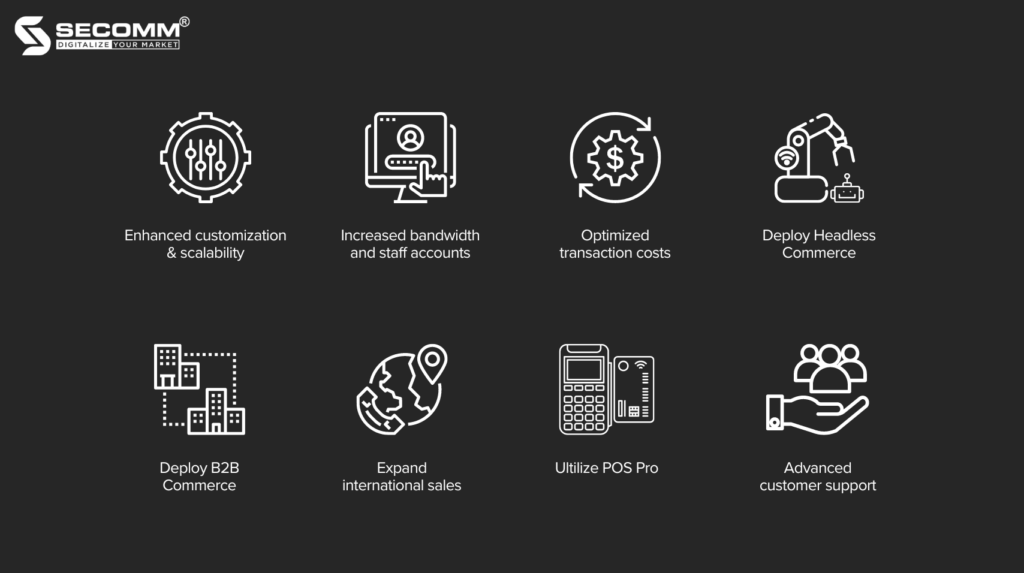
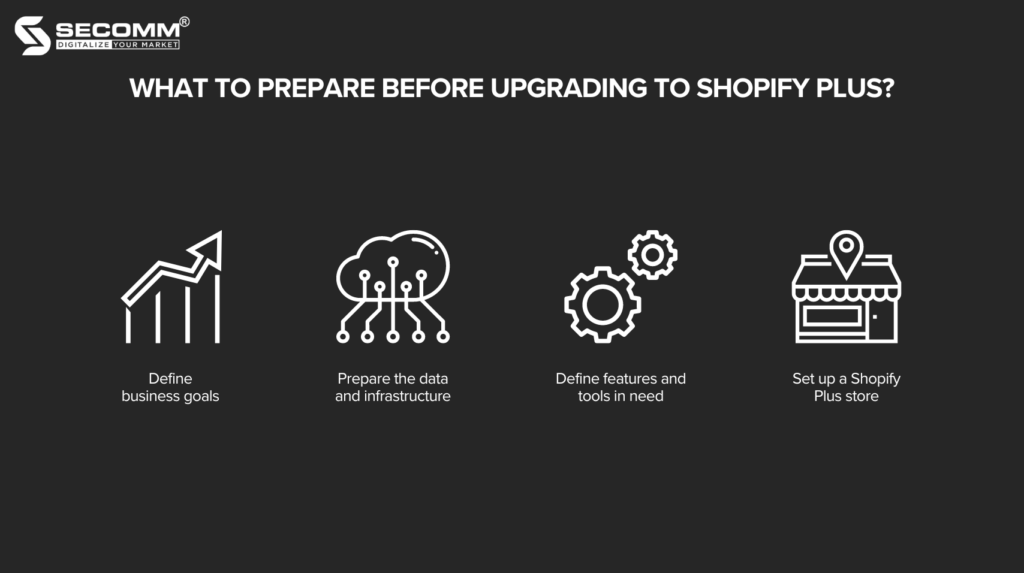
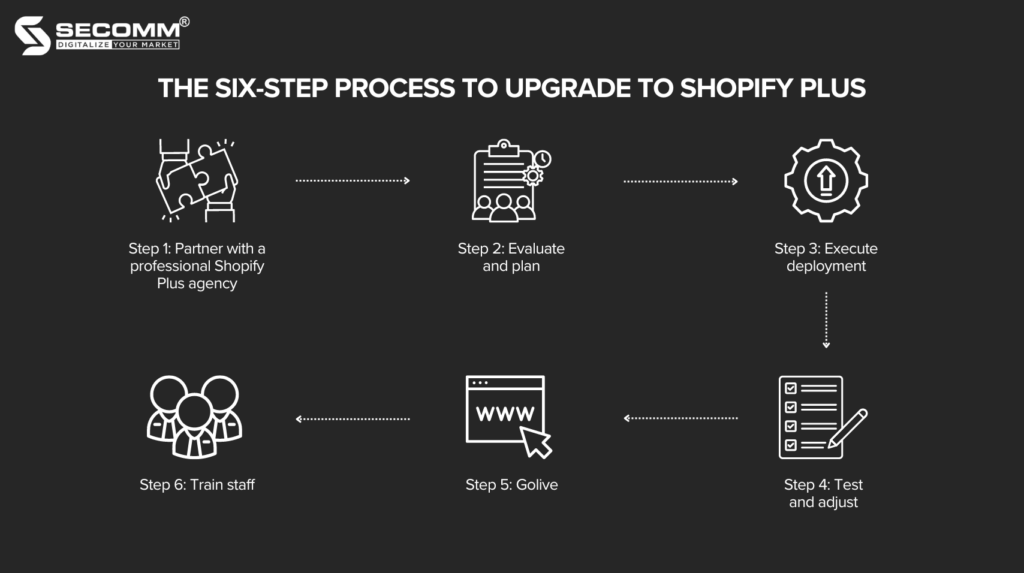
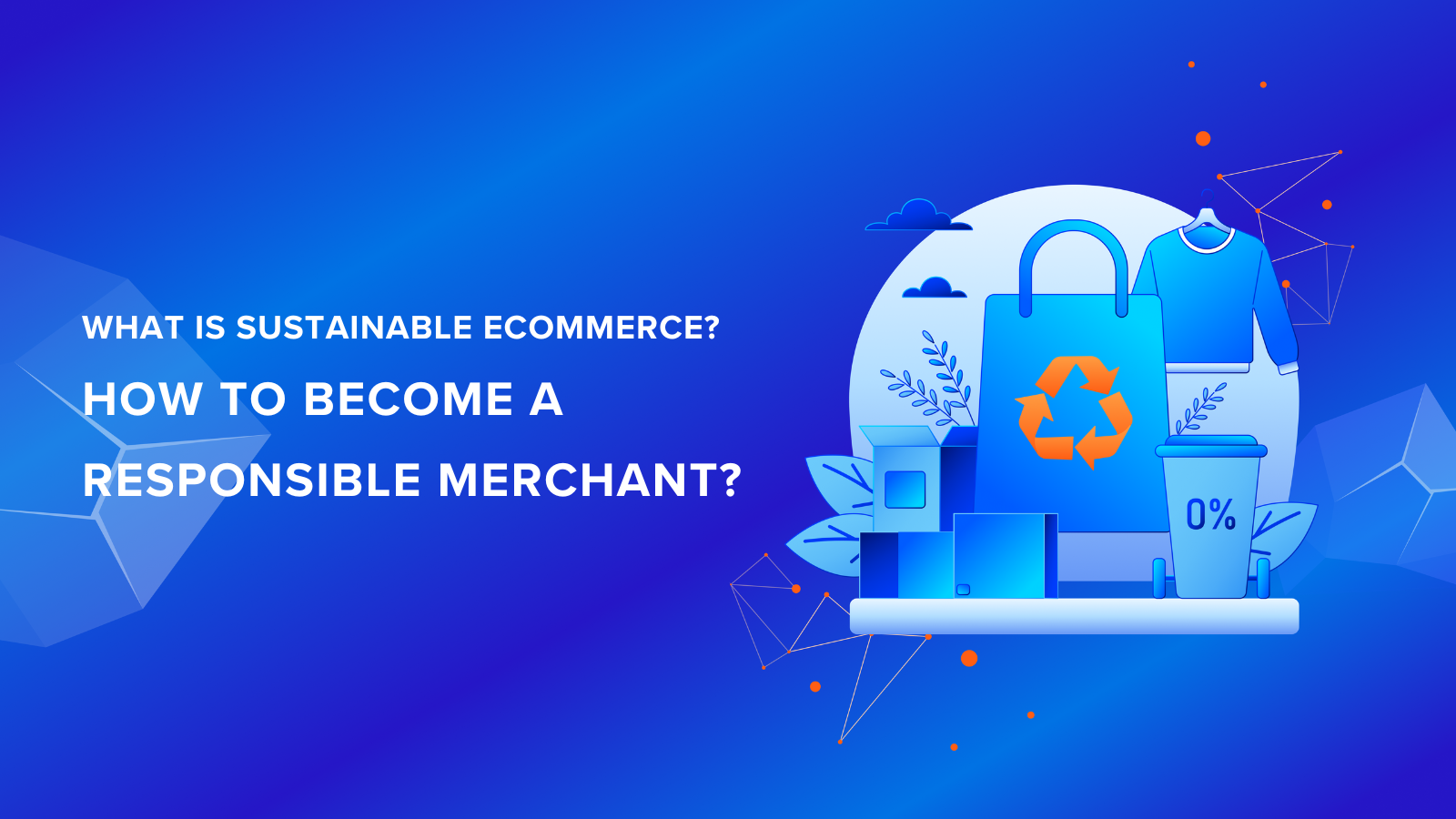

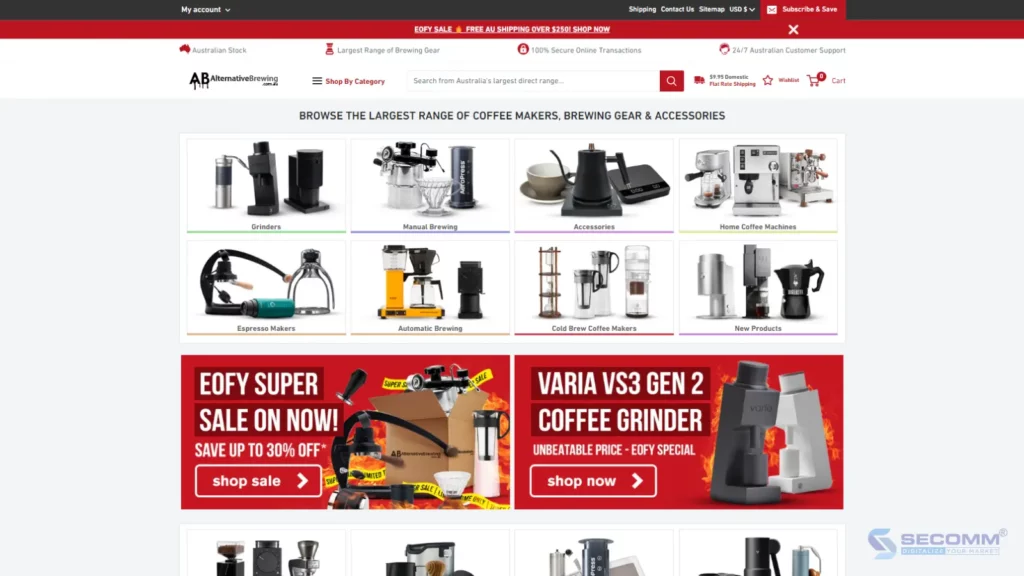




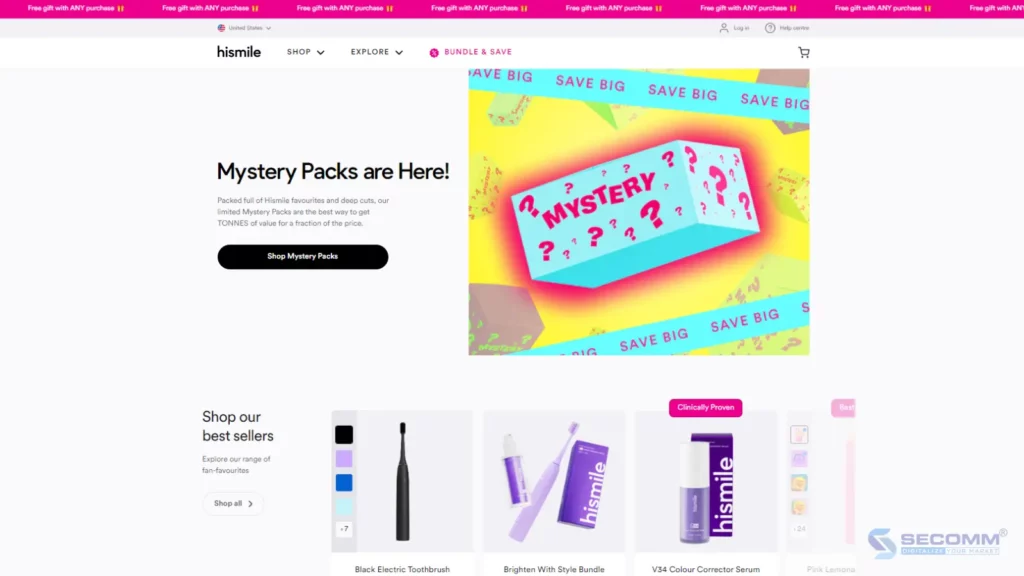
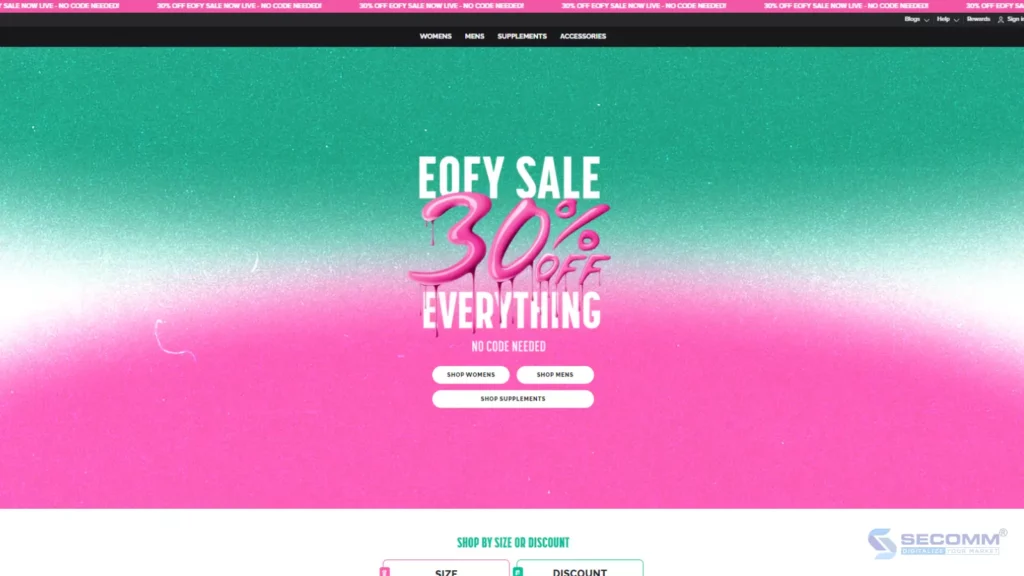



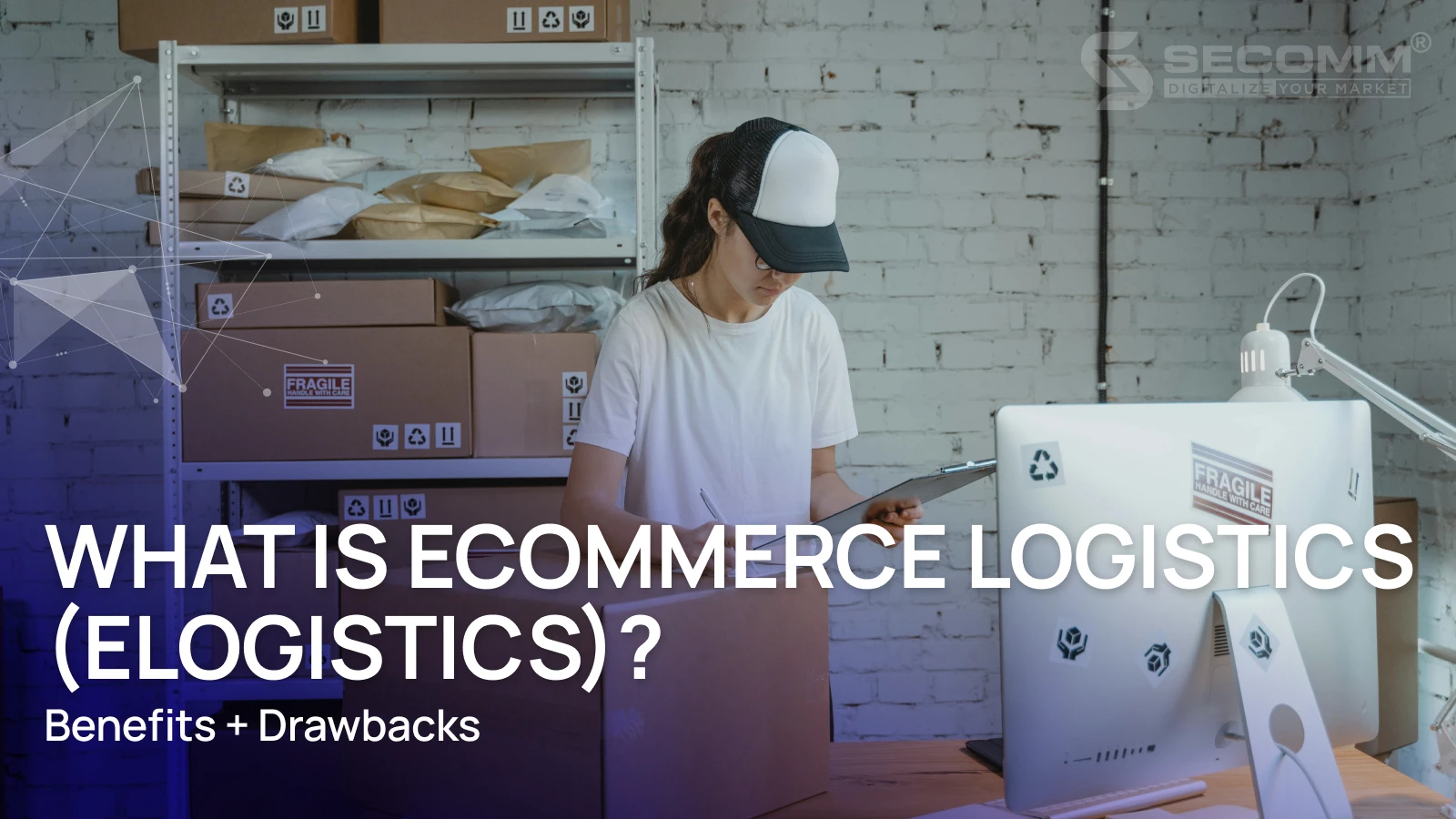
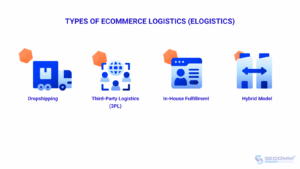
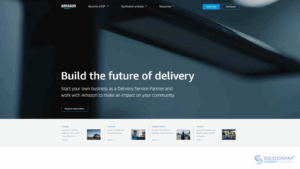
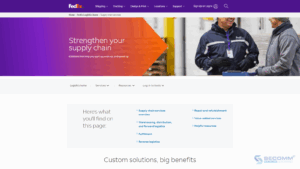
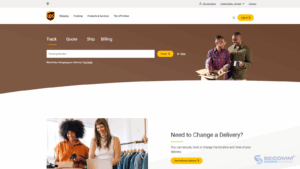

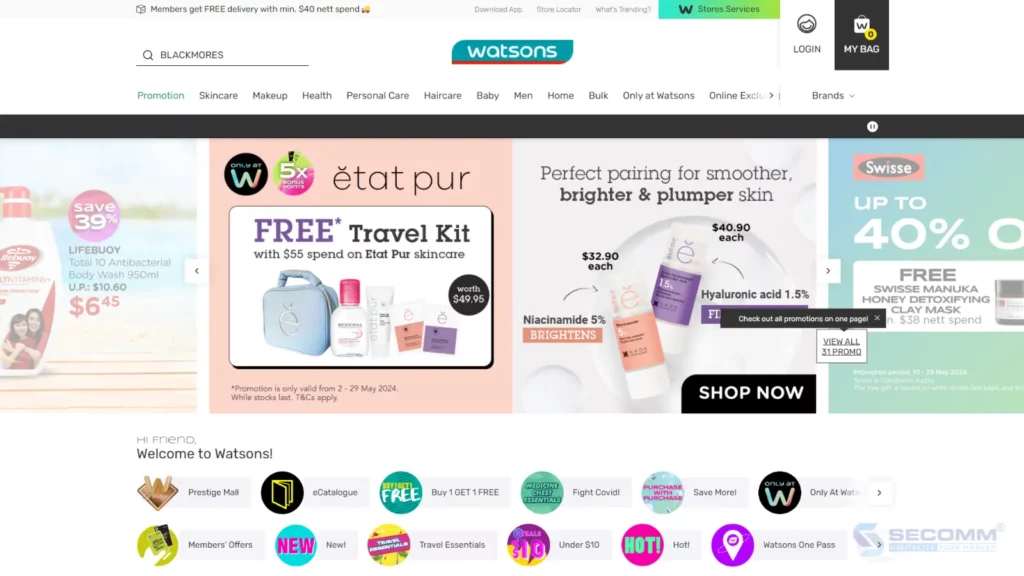
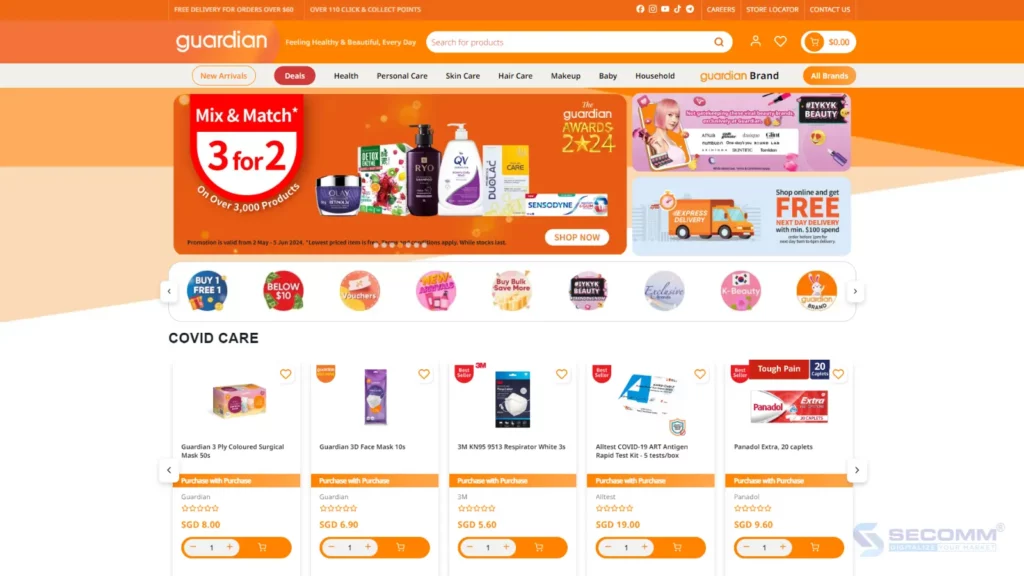

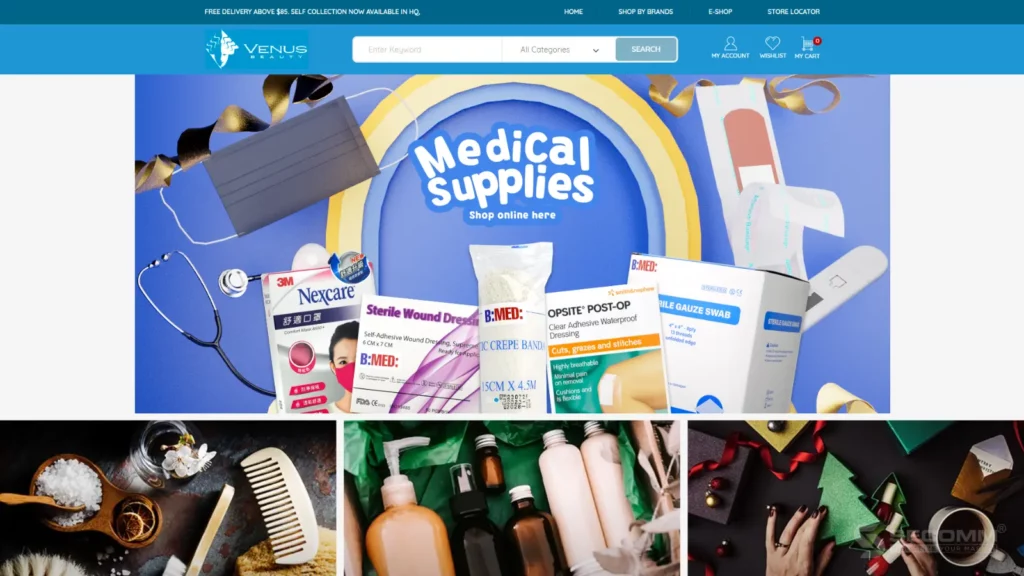



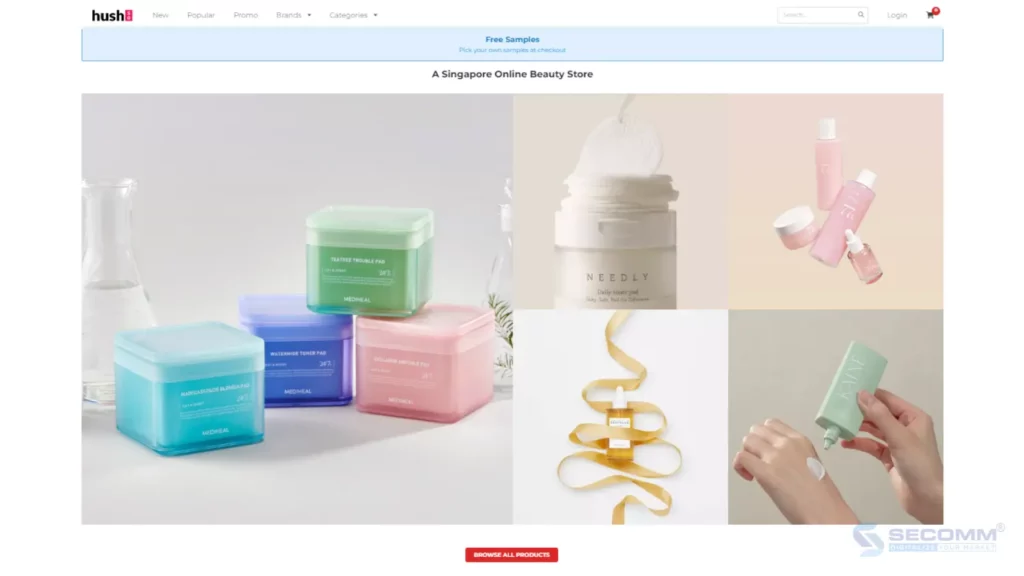



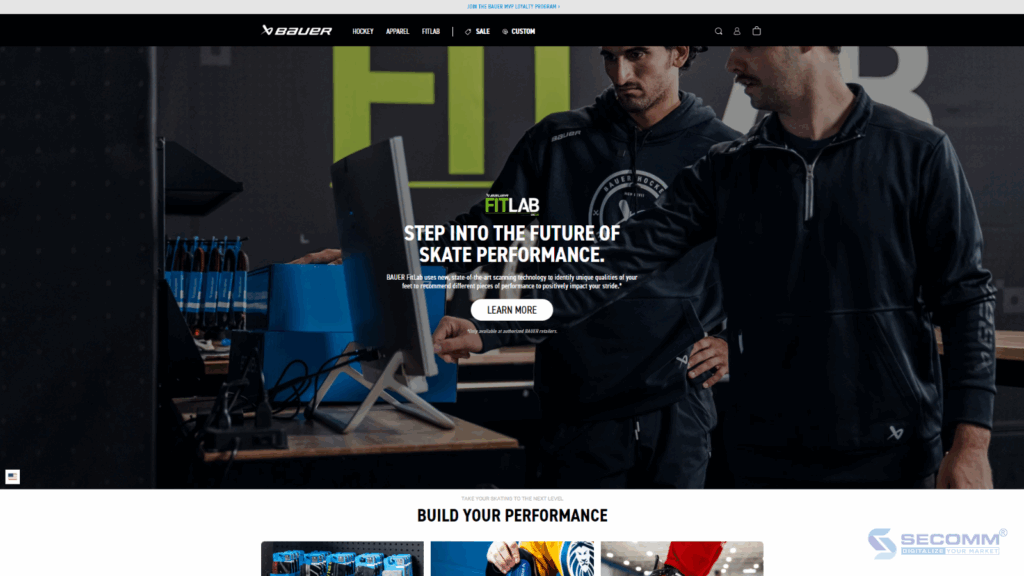
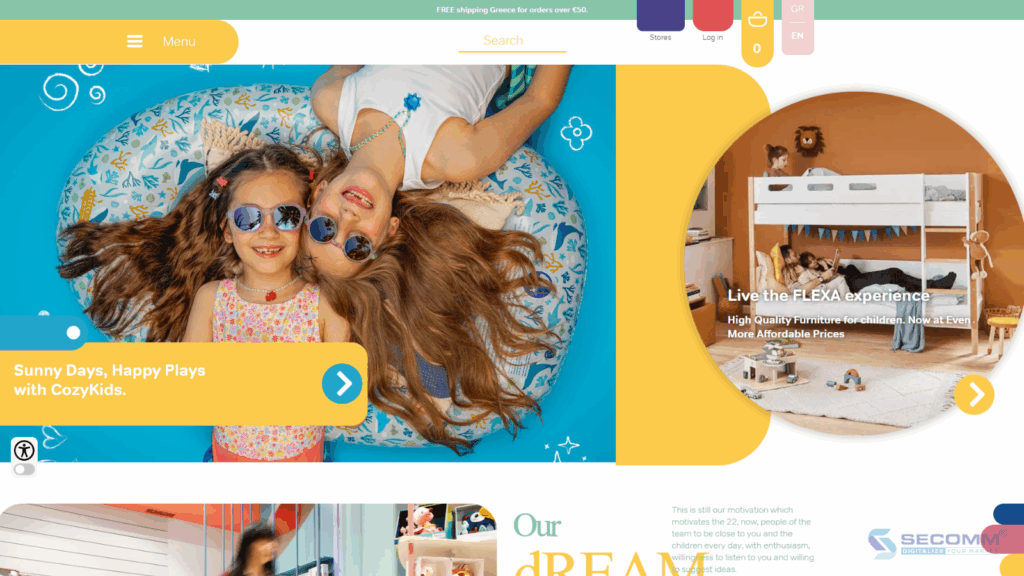
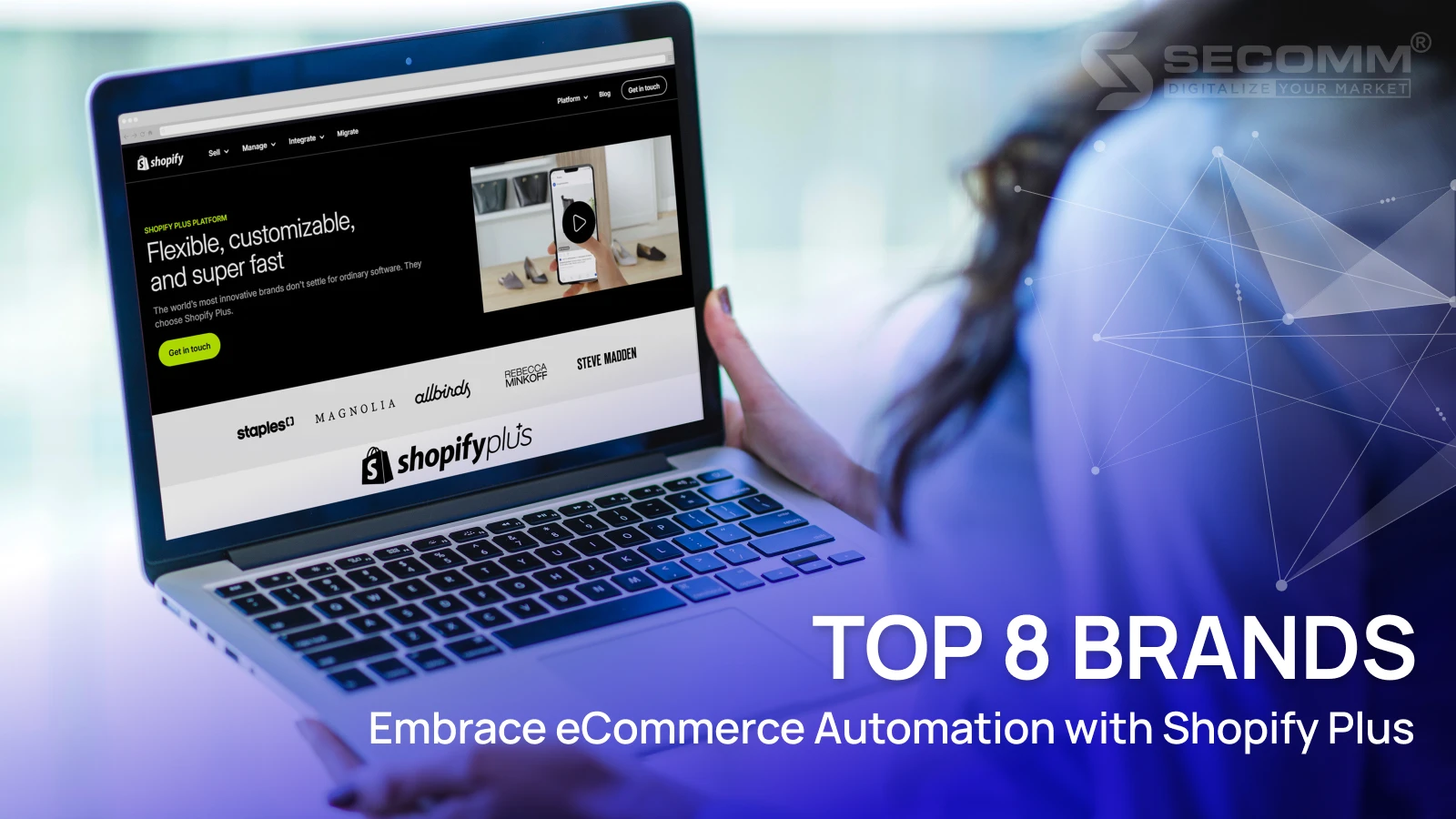


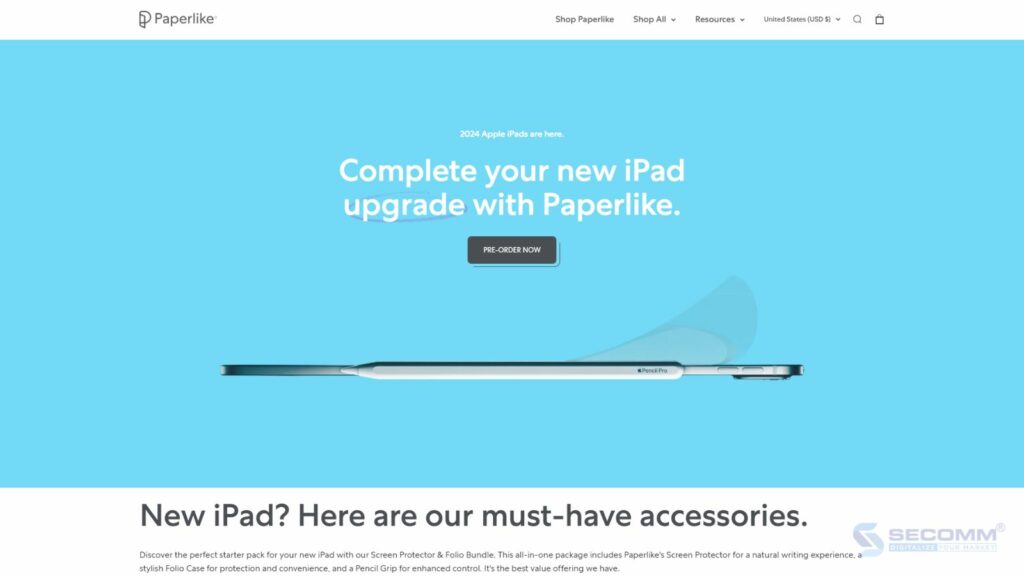
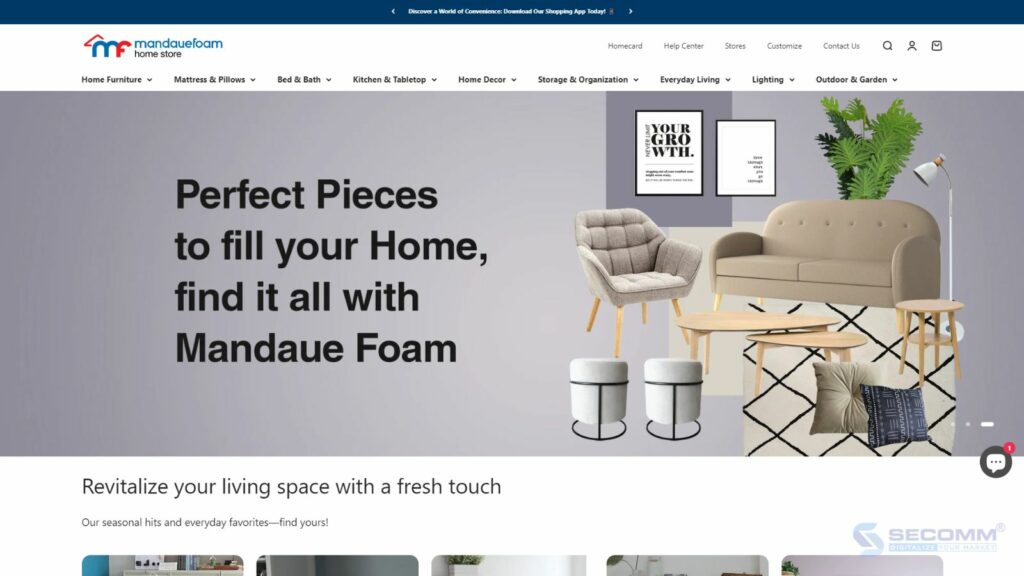
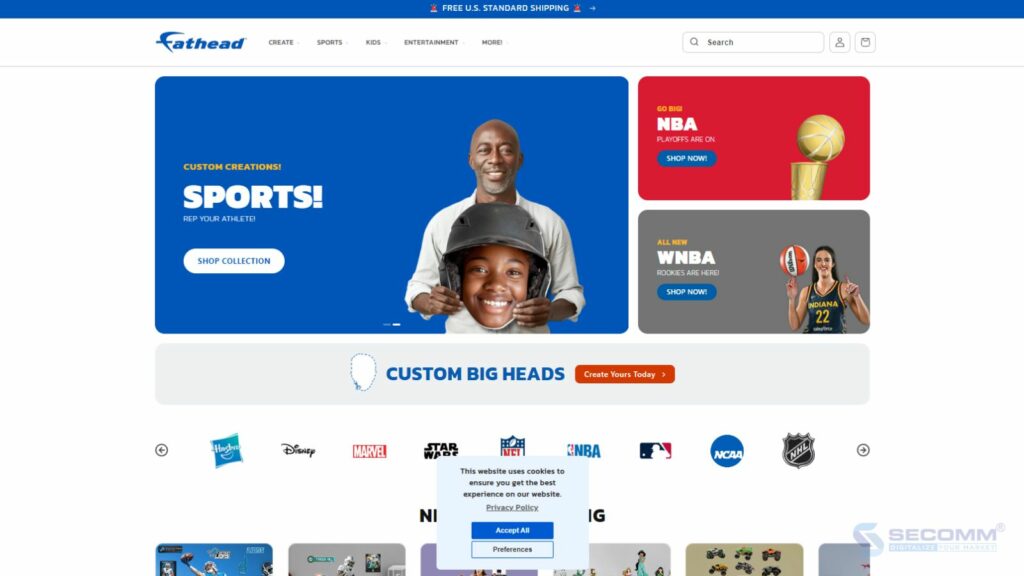
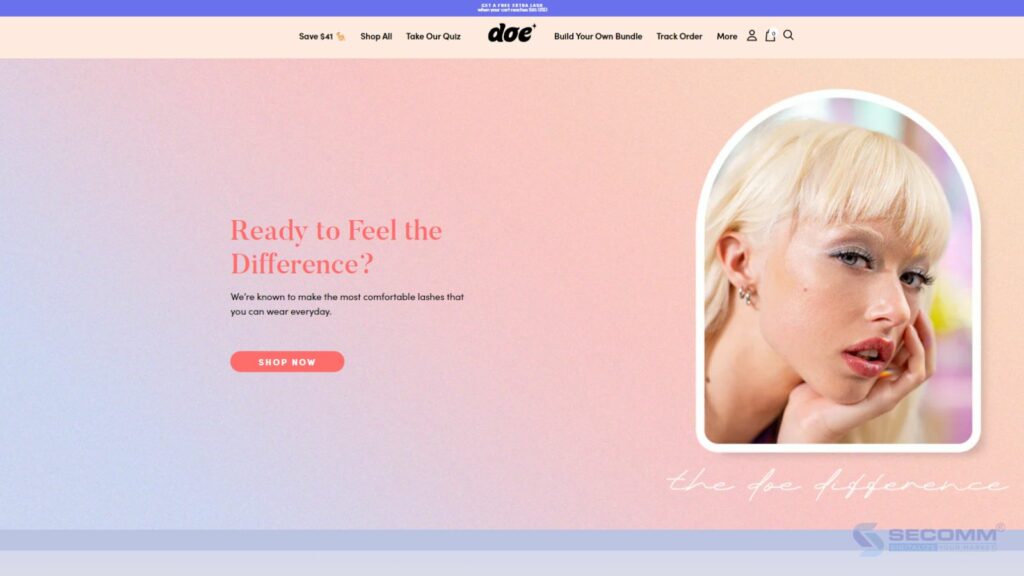


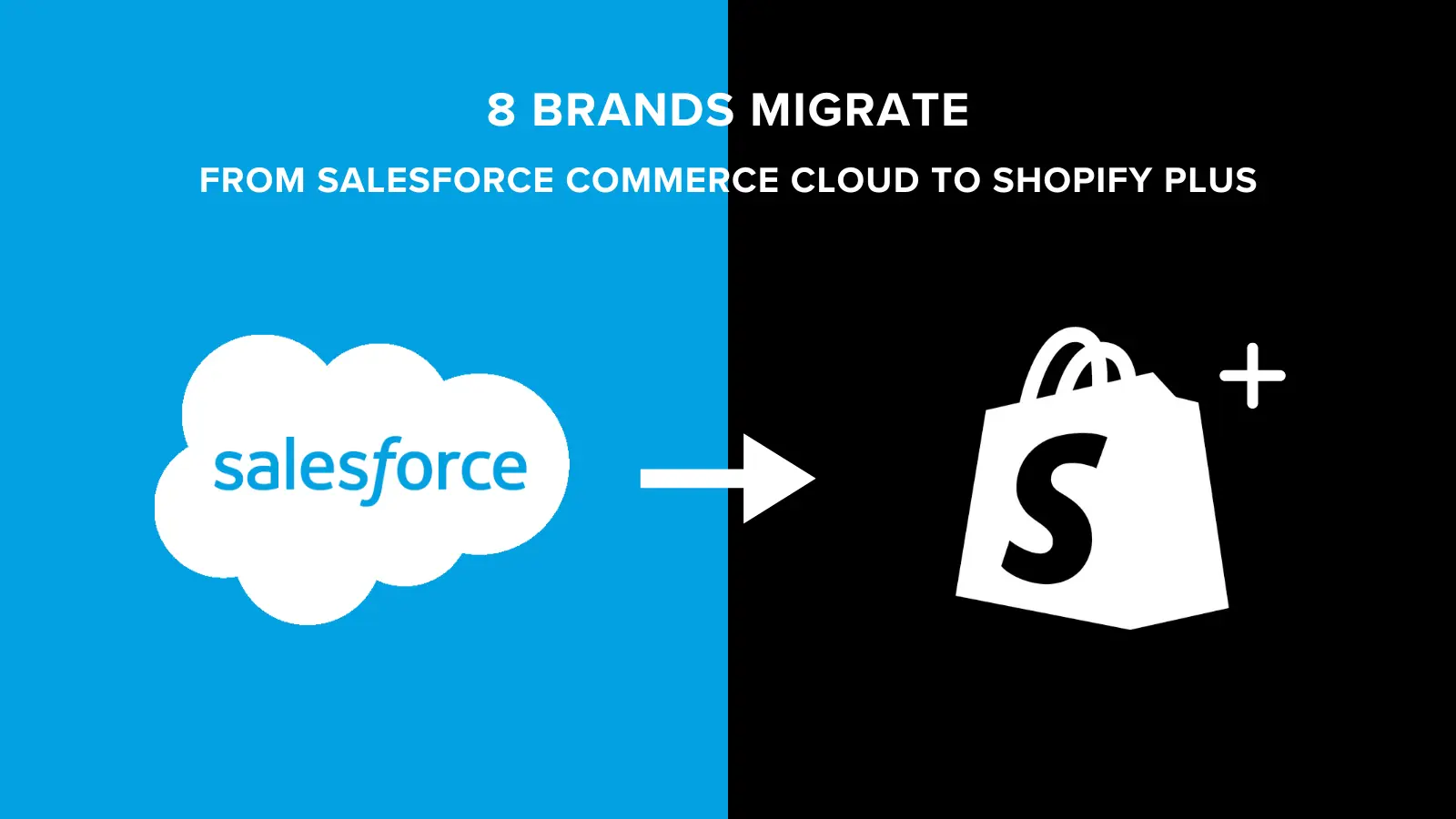



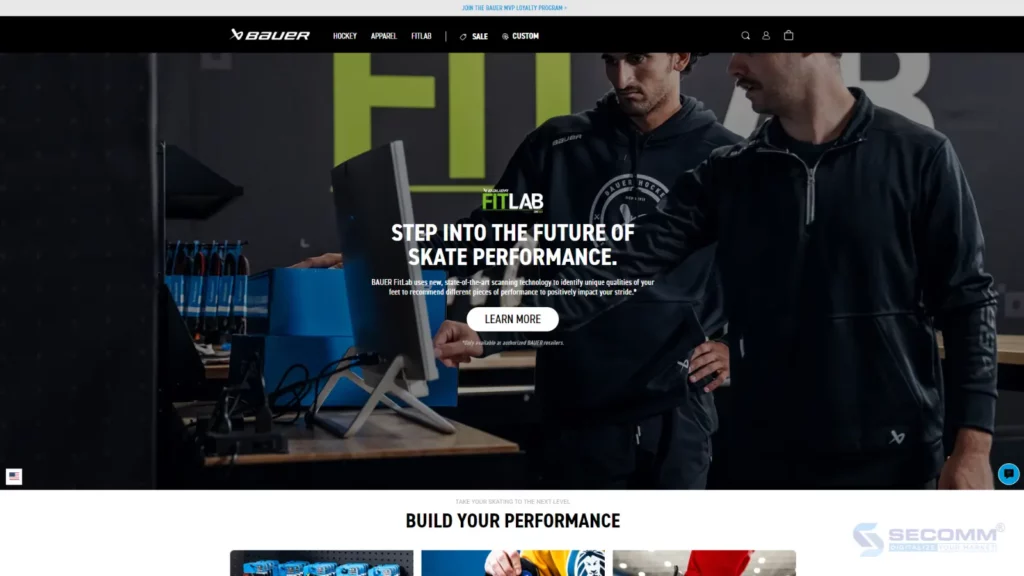
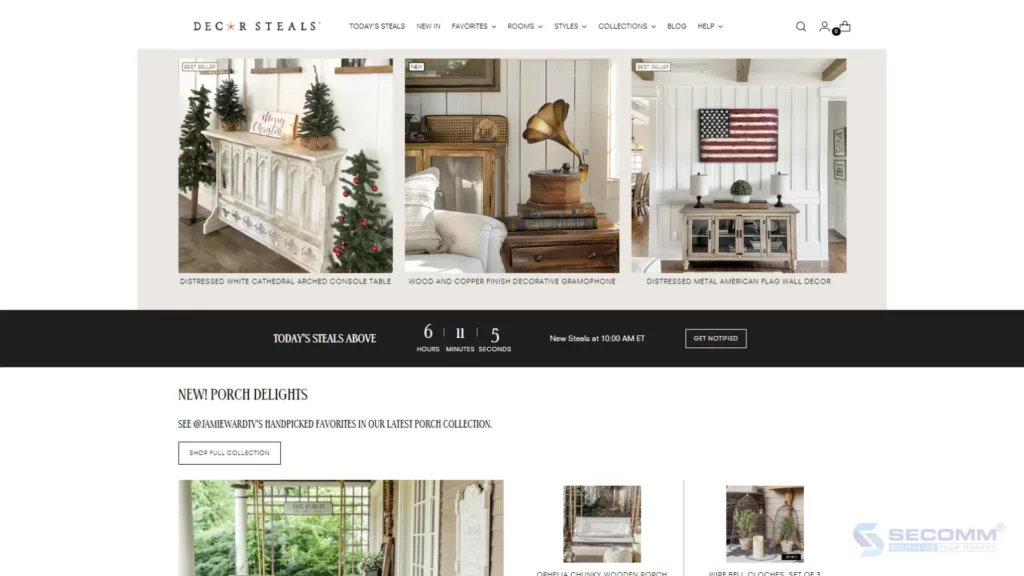

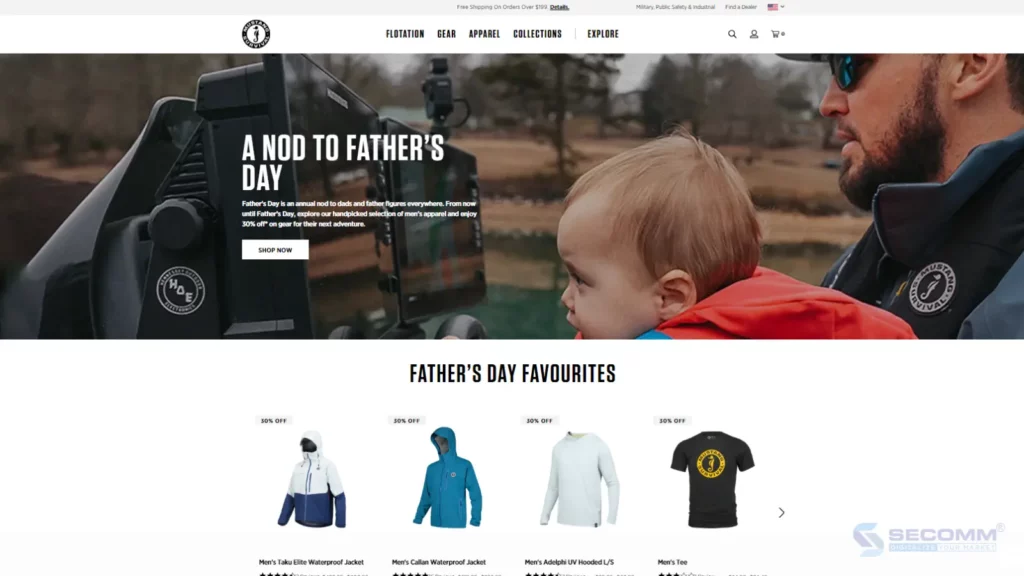



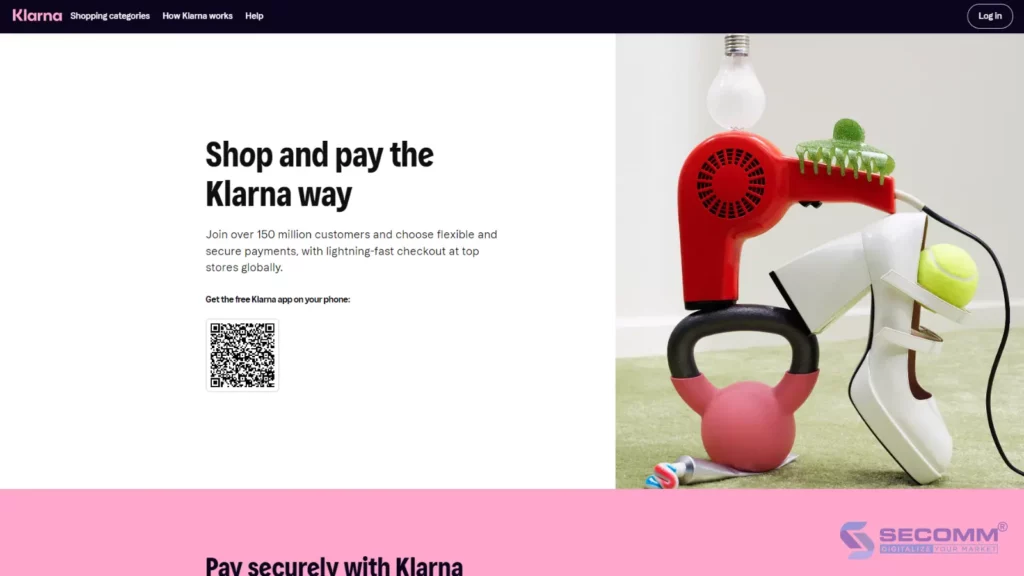
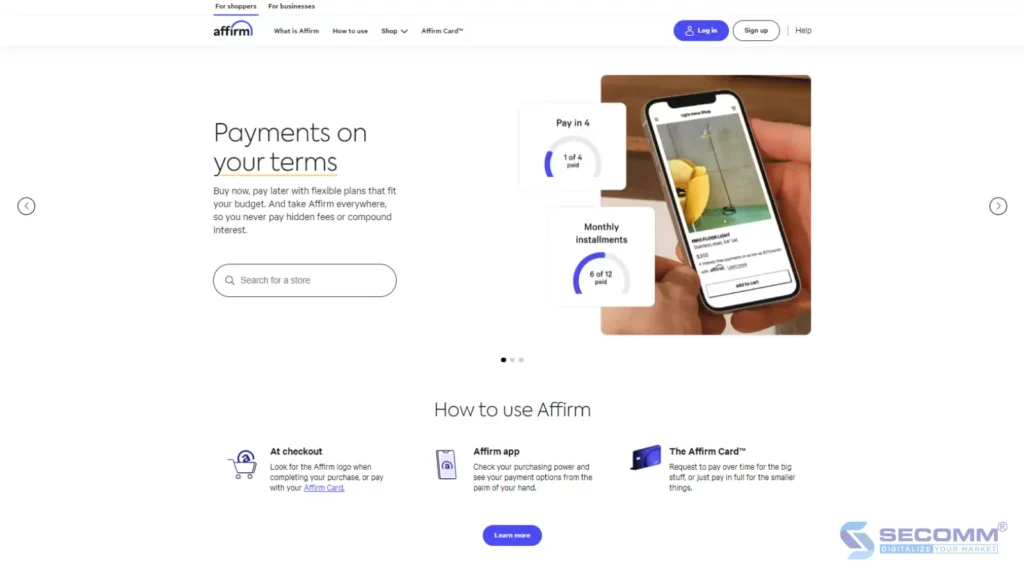
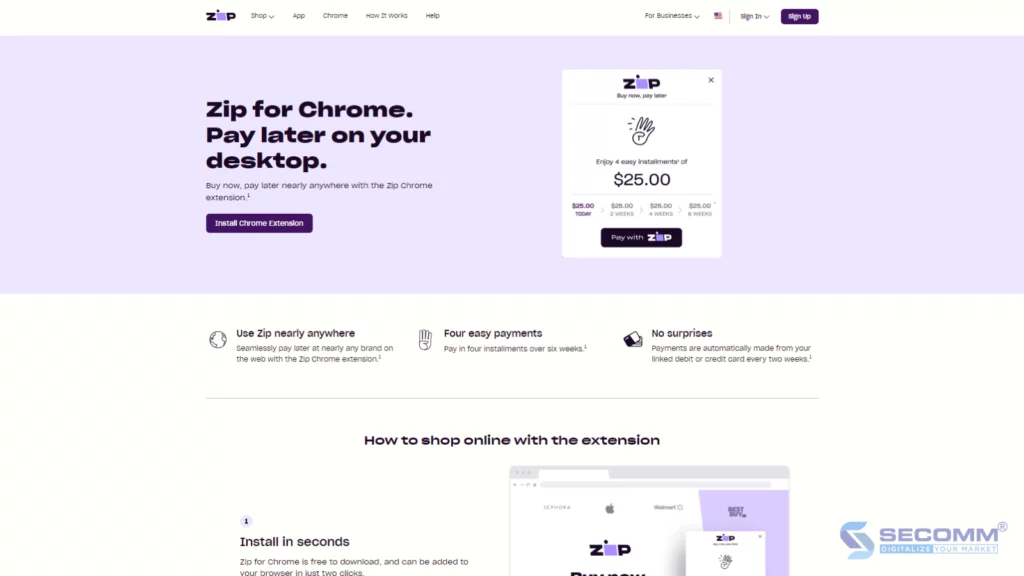
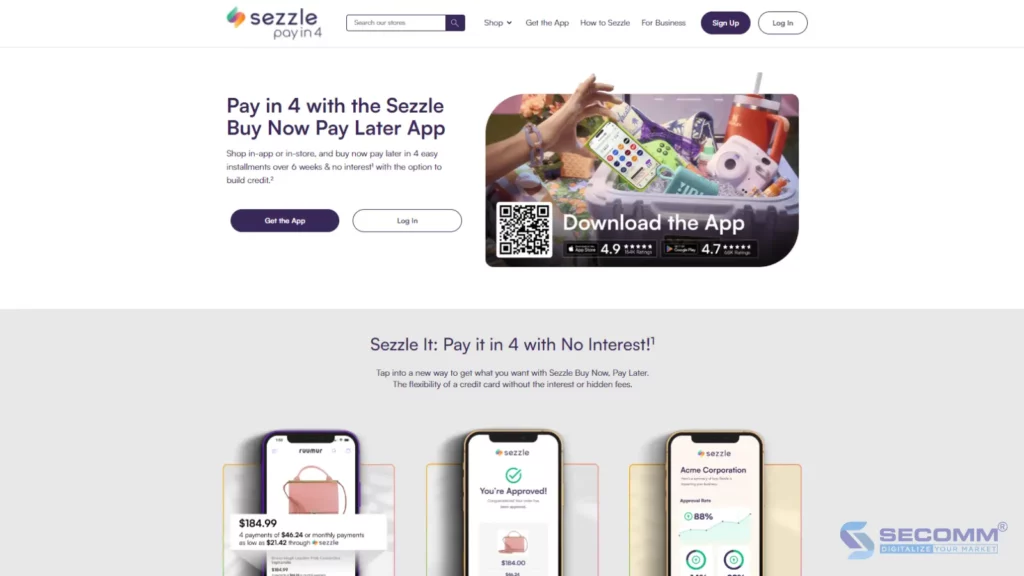
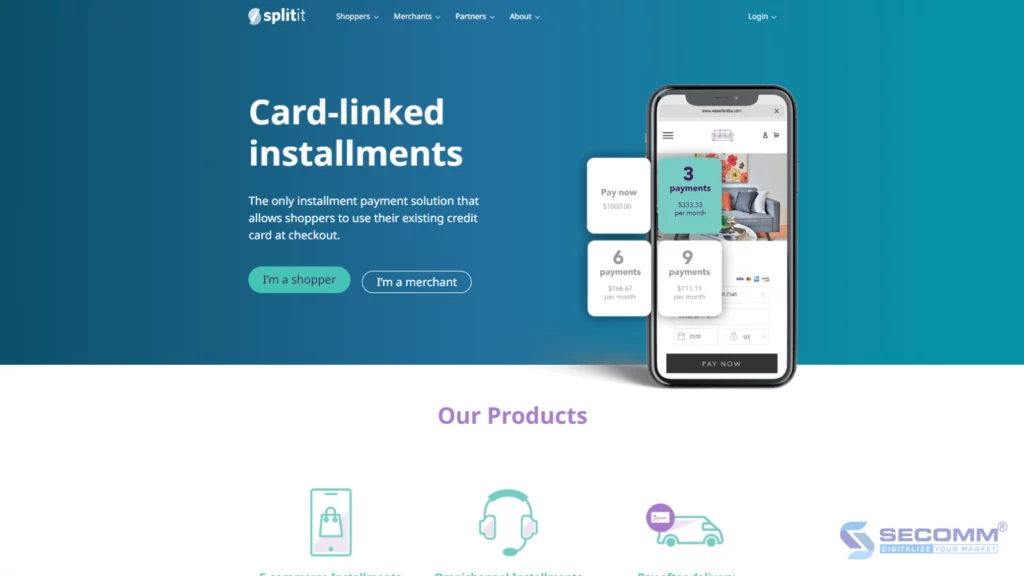

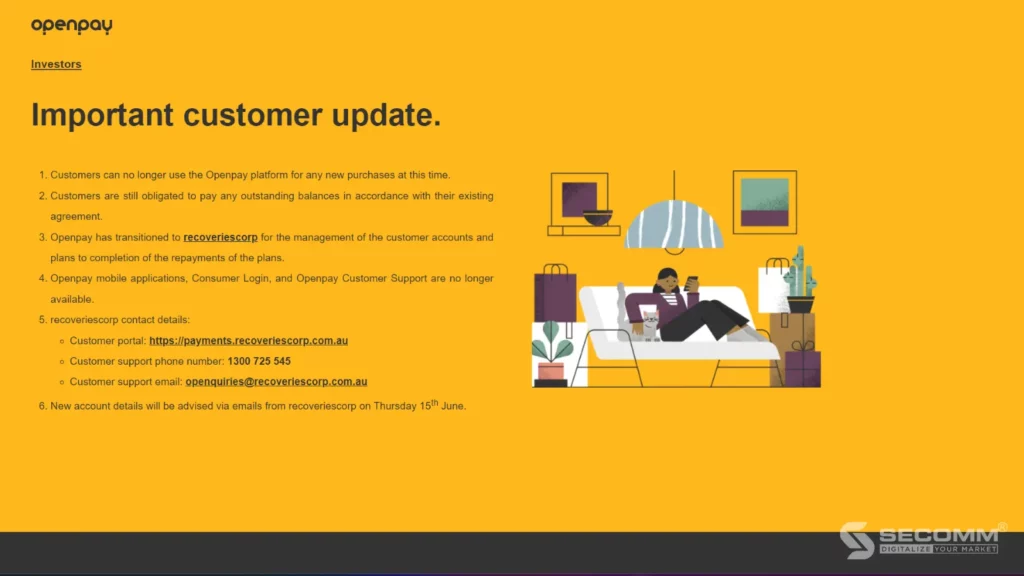
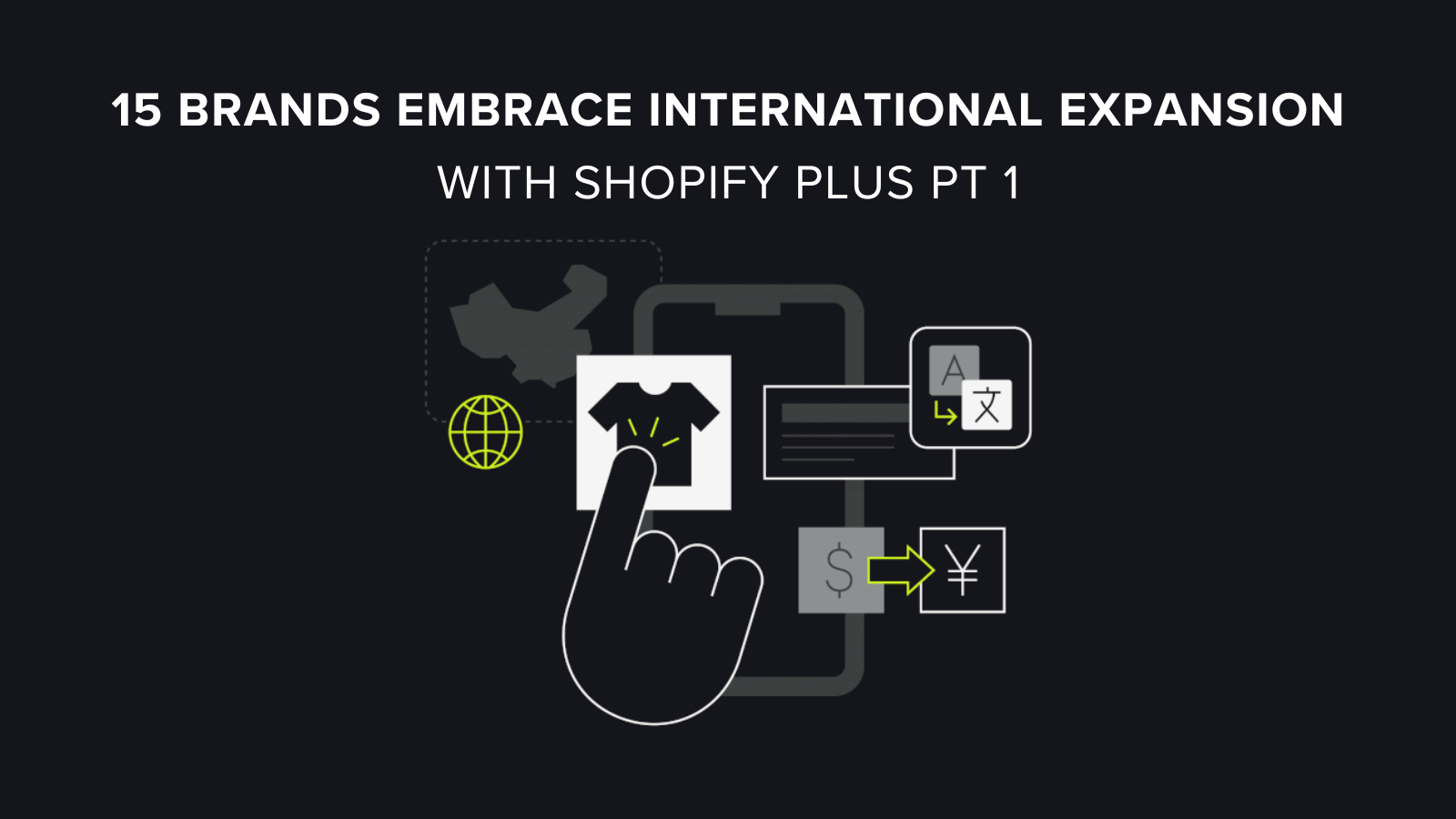
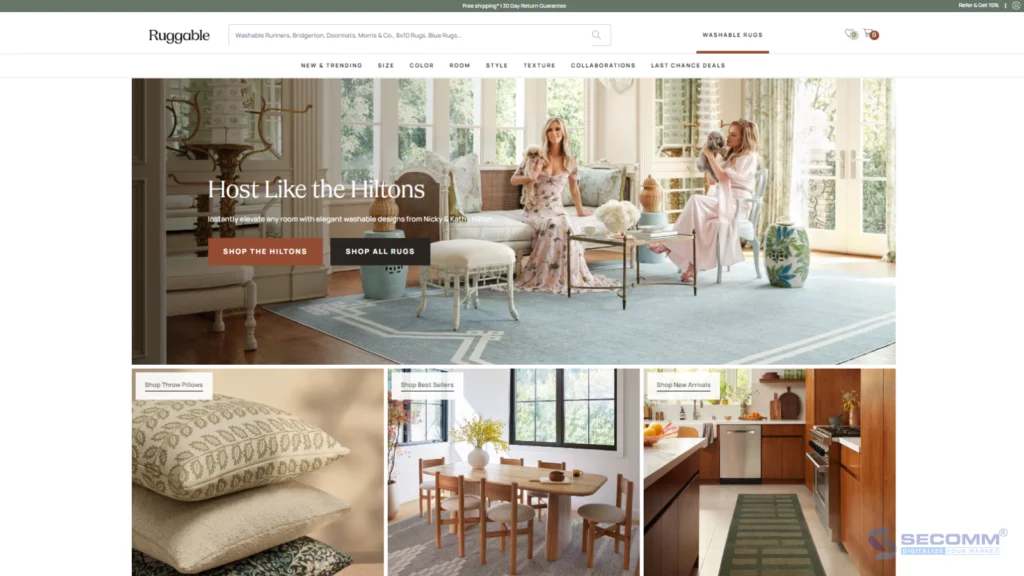
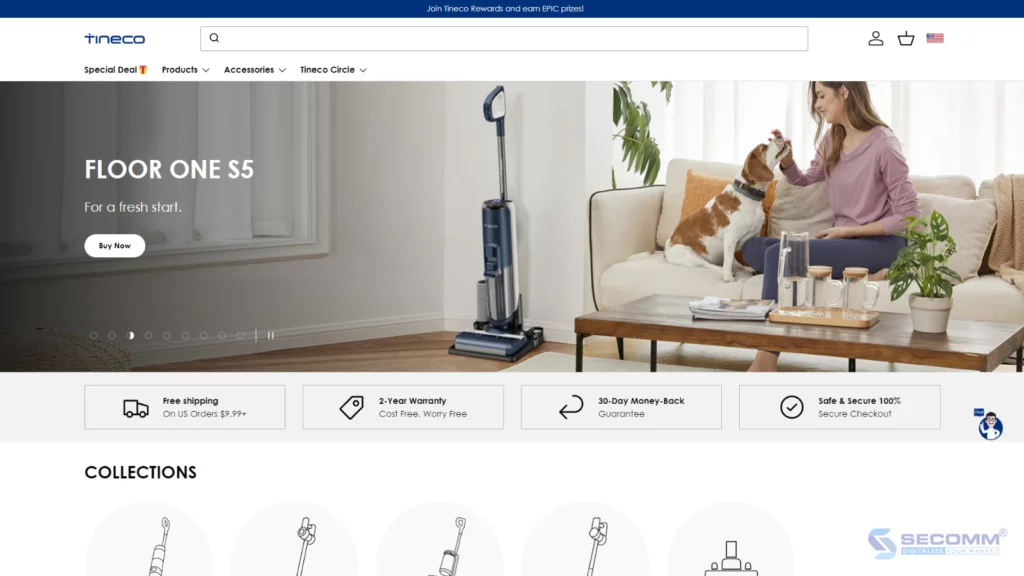

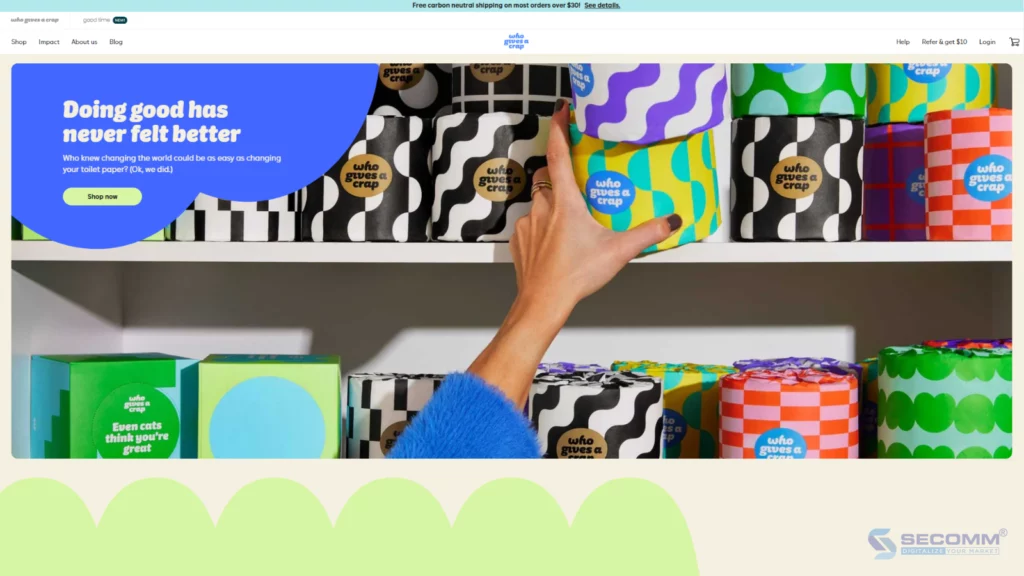


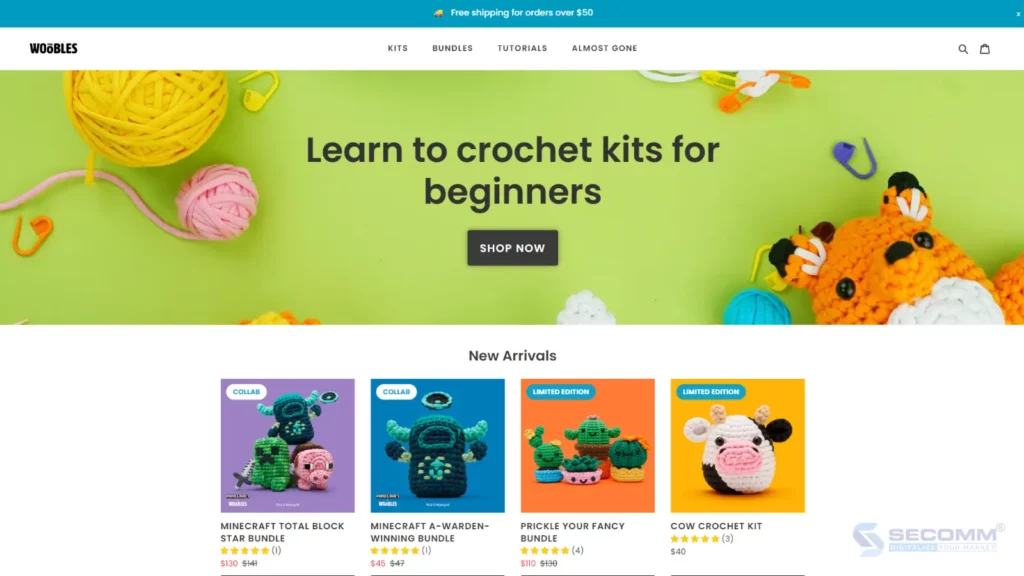


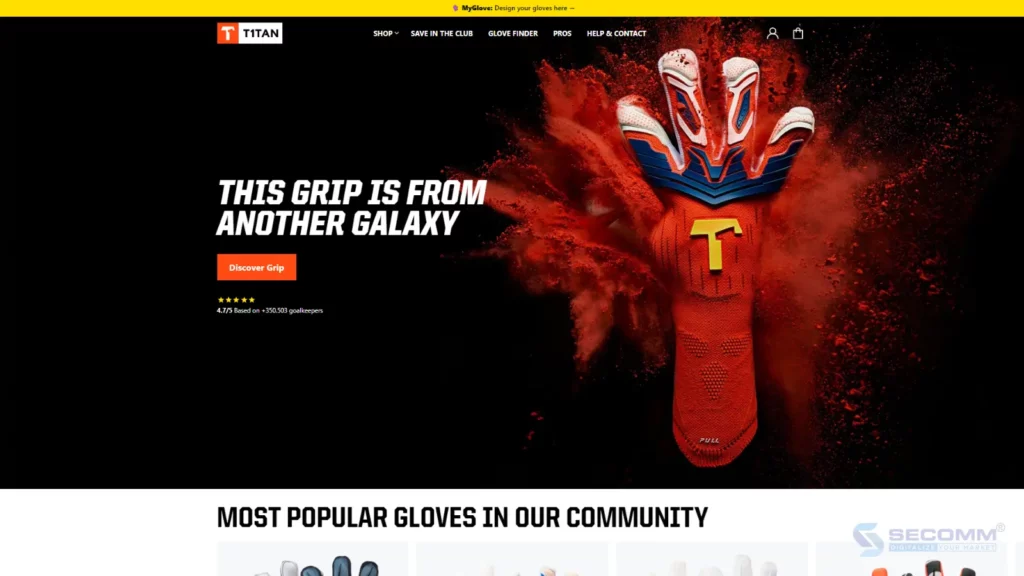

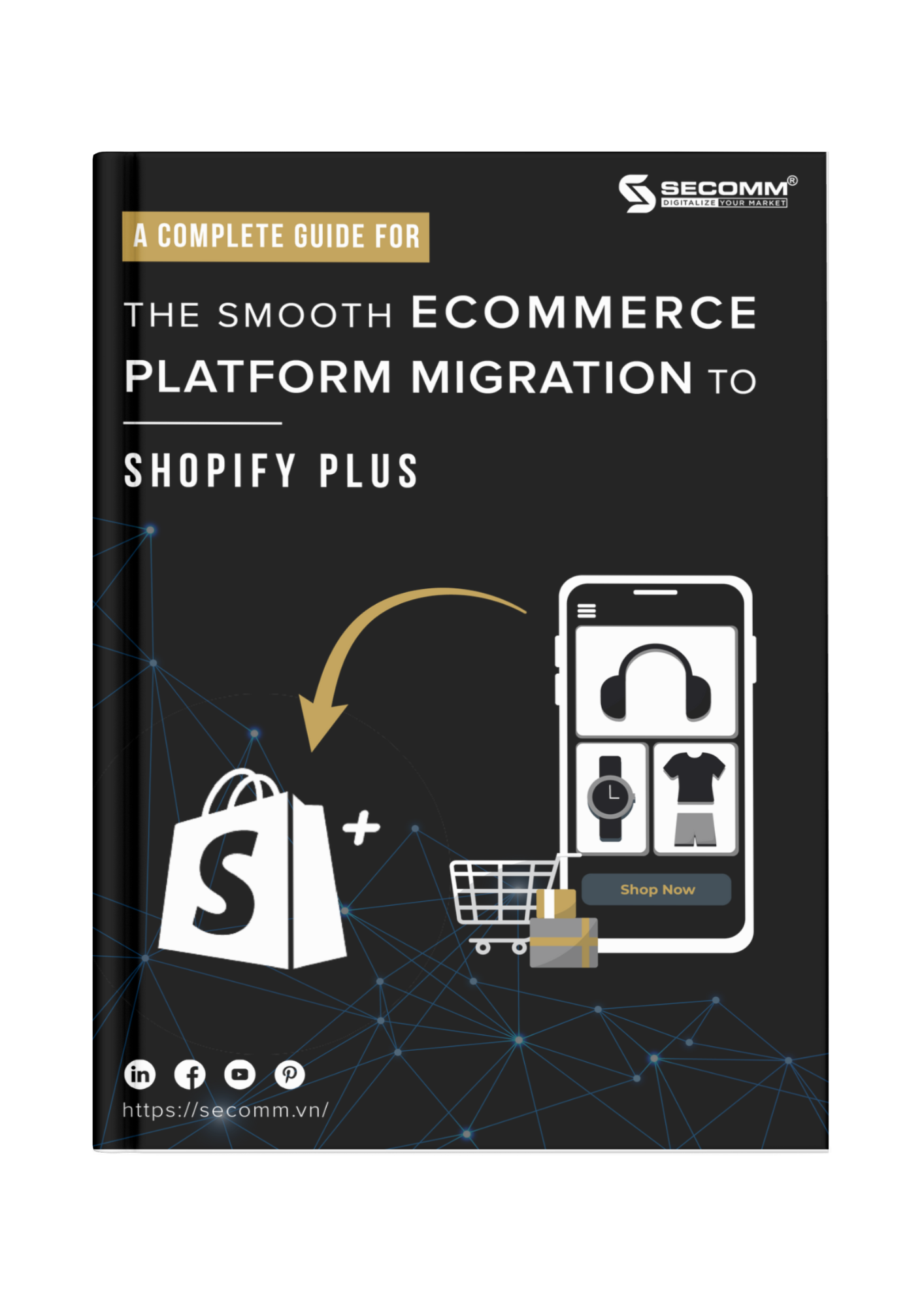



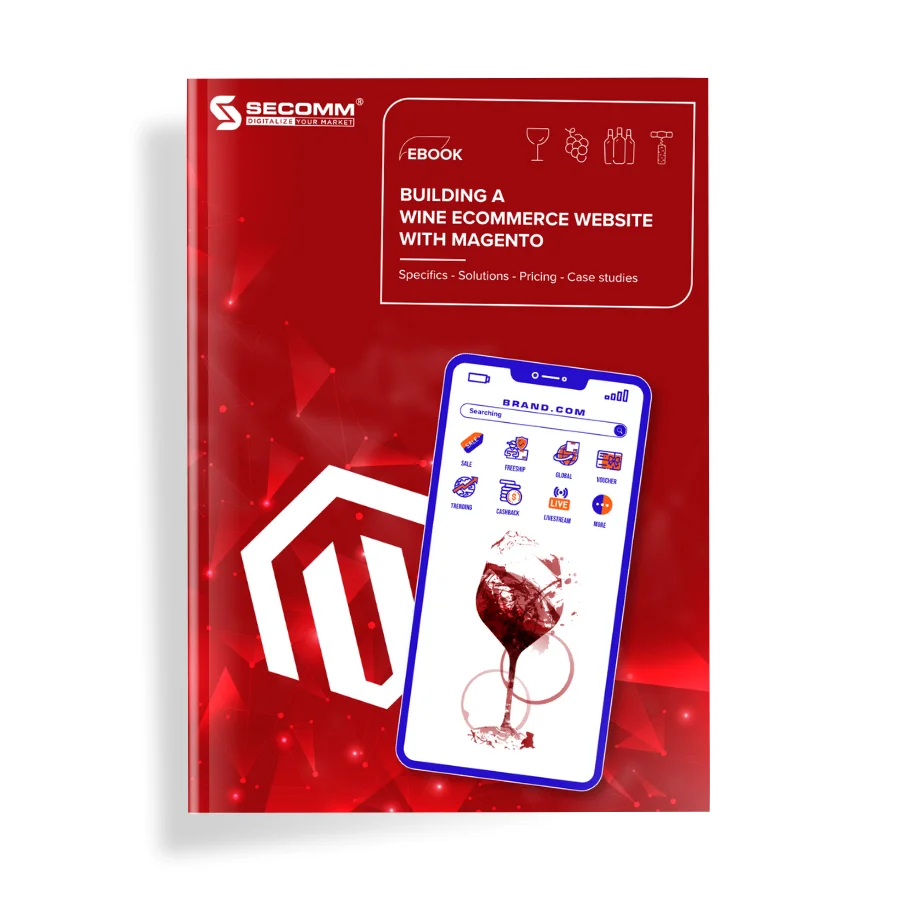
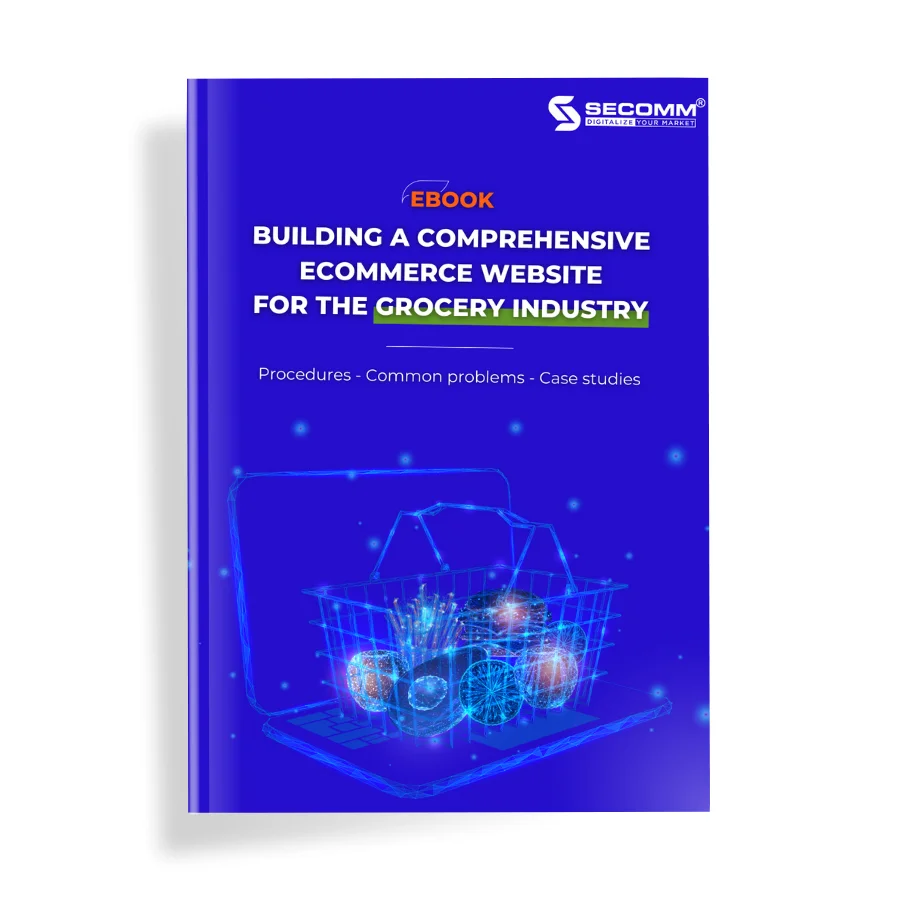
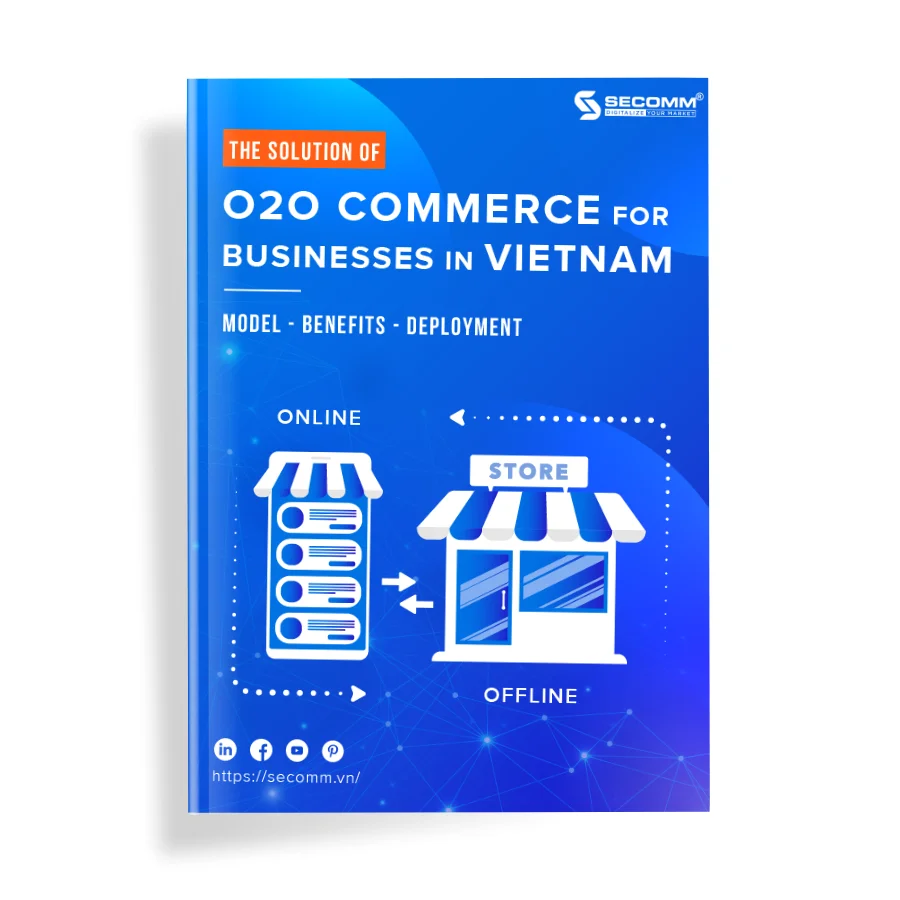
Comment (0)